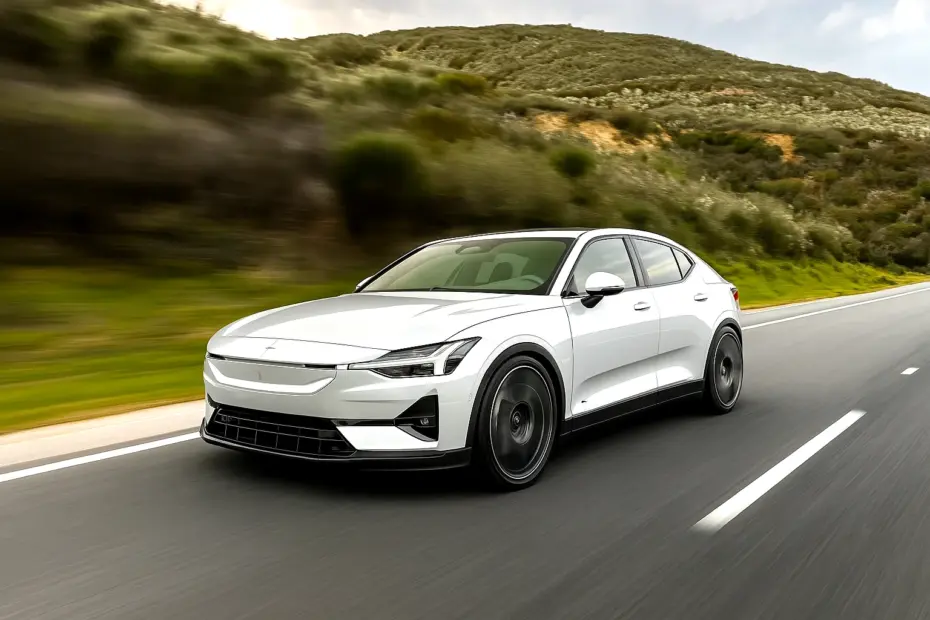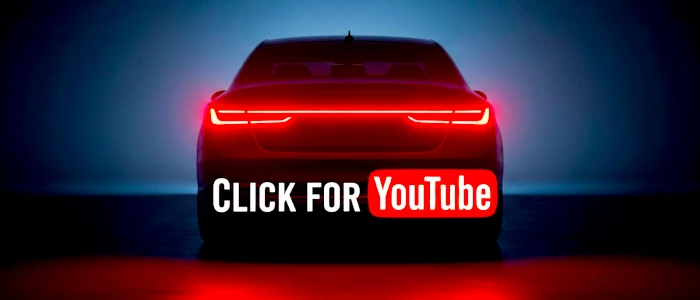Polestar, known for its minimalist design and technological edge, strikes again with the Polestar 3. Now available in the 2025 Long Range Single Motor version, the Swedish brand (with a foothold in China and production in the U.S.) focuses on simplicity: just one motor, rear-wheel drive, and a total commitment to maximizing range. Is less more in this elegant electric SUV?
We’ve prepared a comprehensive analysis, free of complicated jargon and seasoned with a bit of humor, to help you decide if this Polestar is your next dream electric car or just another pretty face in the market.
The Electric Heart: Is the Power Just Right?
At the heart (or rather, the rear) of the Polestar 3 Long Range Single Motor lies a synchronous permanent magnet electric motor. Translating from “engineer-speak”: it’s an efficient motor that delivers power smoothly. Polestar opted to install only a single motor on the rear axle, meaning rear-wheel drive (RWD). Goodbye to the all-wheel drive of the Dual Motor versions, and hello to efficiency (though perhaps a little less traction in the snow).
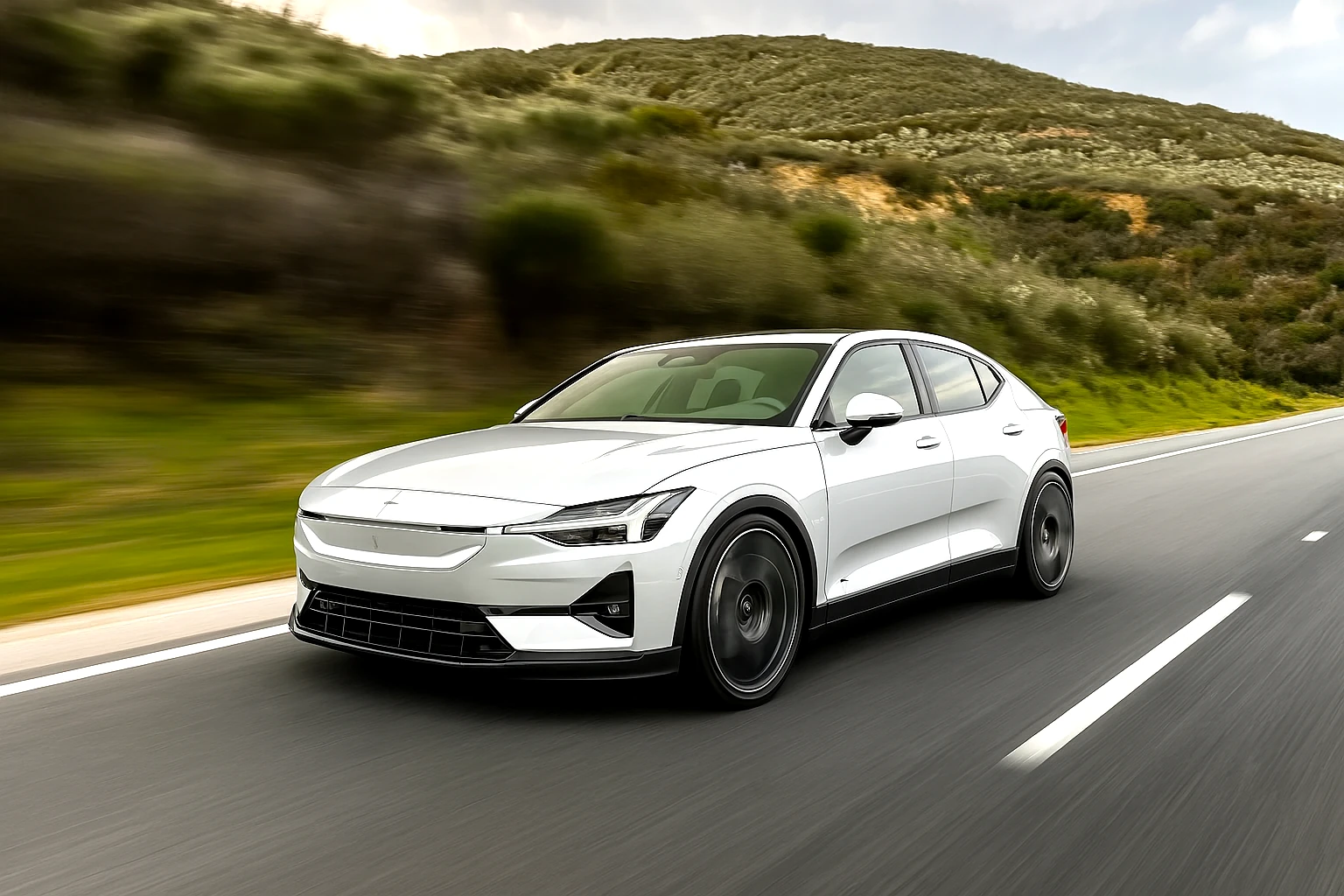
With 220 kW, or 299 horsepower (hp), and 490 Nm (361 lb-ft) of torque, the numbers are respectable. Don’t expect the brutal acceleration of some competitors, but the instant torque of electric vehicles guarantees a quick response when you step on the accelerator—essential for overtaking and giving unsuspecting passengers a little thrill. The question is: are 299 hp sufficient for a premium SUV weighing over two tons? For daily driving, probably yes, but it might lack the extra “punch” some expect.
The choice of rear-wheel drive is strategic: less weight, fewer components, and more efficiency. This directly translates to more miles per charge, which is the major selling point of this version. However, those living in snowy or consistently rainy regions might miss the extra security of all-wheel drive. It’s a trade-off: range versus traction in all conditions.
Motor Specifications
- Type: Synchronous Permanent Magnet (Rear)
- Power: 220 kW / 299 hp
- Torque: 490 Nm / 361 lb-ft
- Drivetrain: Rear-Wheel Drive (RWD)
A Massive Battery: The Promise of Long Journeys
If the motor is the heart, the battery is the lung (or fuel tank) of this Polestar. And what a lung it is! We’re talking about a battery with a total capacity of 111 kWh. This is the same battery used in the Dual Motor versions, showing that Polestar didn’t skimp on this aspect for the Single Motor version. It’s one of the largest battery packs available in the electric SUV market today.
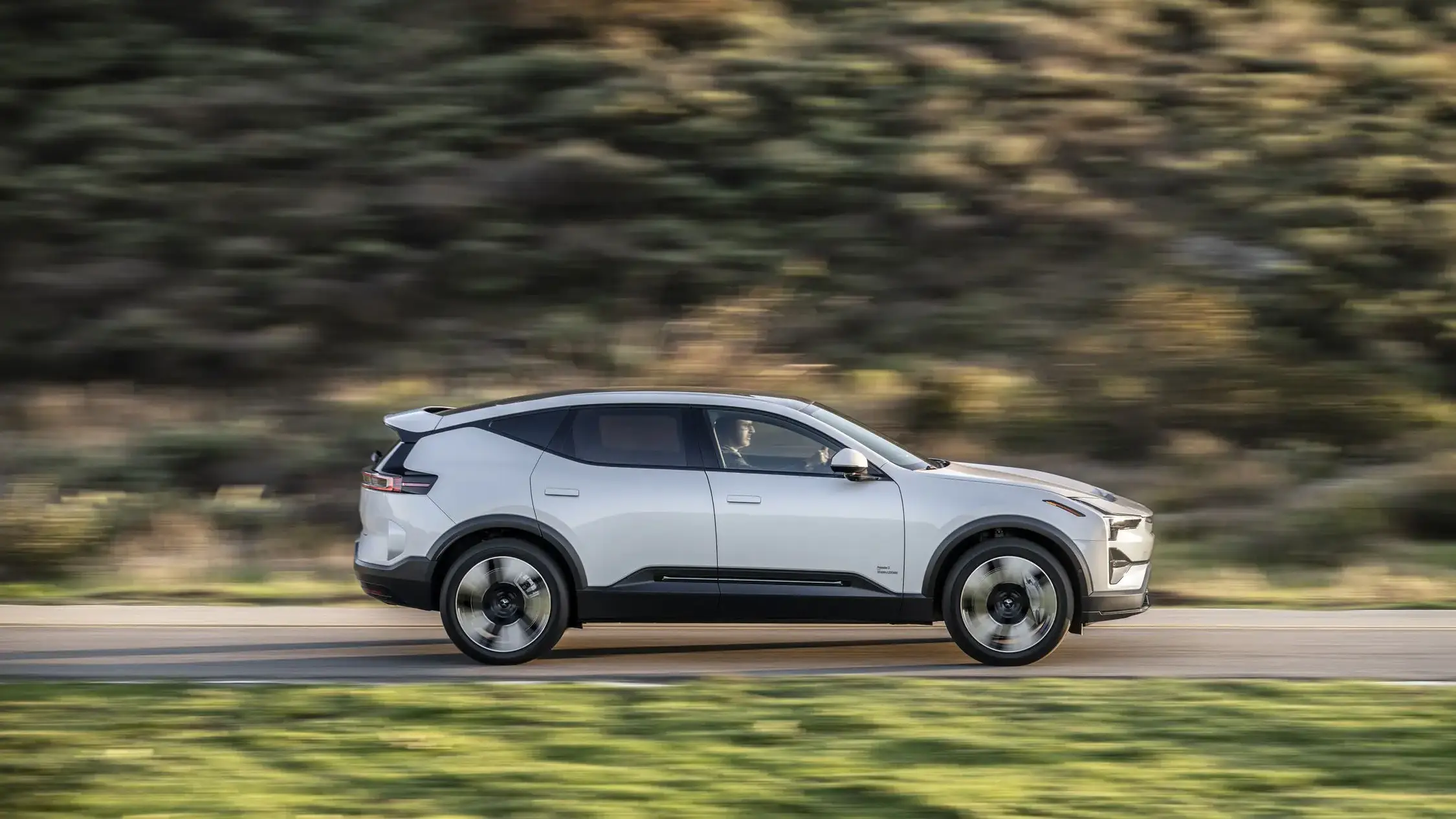
But keep in mind: total capacity is not the same as usable capacity. What you can actually use for driving is 107 kWh. This difference exists to protect the battery and ensure its longevity—think of it as a safety margin. Even with this “reserve,” 107 kWh is plenty of energy for long journeys, positioning the Polestar 3 Single Motor as a strong contender for those who dislike frequent charging stops.
Having such a large battery means more range, but also more weight, and potentially longer charging times if you don’t have access to powerful chargers. It’s basic physics, dear reader; there’s no such thing as a free lunch (or free electrons!).
Range: Where the Magic (or Math) Happens
This is where the Polestar 3 Long Range Single Motor really aims to shine. With its generous battery and a single motor to power, the promised range is impressive. In the WLTP cycle (the most optimistic standard used globally), the numbers vary between 650 km and an astonishing 706 km (around 438 miles)! Sounds too good to be true? Maybe a little.
On the EPA cycle (used in the U.S. and considered more realistic), the estimate drops to “up to 350 miles” (about 563 km). The catch here is the “up to.” This maximum number is achieved with the 21-inch wheels. If you prefer the 20-inch wheels, the range falls to 342 miles, and with the stylish (but less efficient) 22-inch wheels, it drops to 333 miles. The moral of the story is: bigger wheels look good, but they come at a cost to range.
The average consumption is between 17.6 and 20.3 kWh/100 km (WLTP) or about 35 kWh/100 miles (EPA). These are decent figures for an SUV of this size and weight, showing that the bet on efficiency with the Single Motor configuration seems to have paid off. But remember: your driving style, the weather, and air conditioning use can make these numbers fluctuate more than a teenager’s mood.
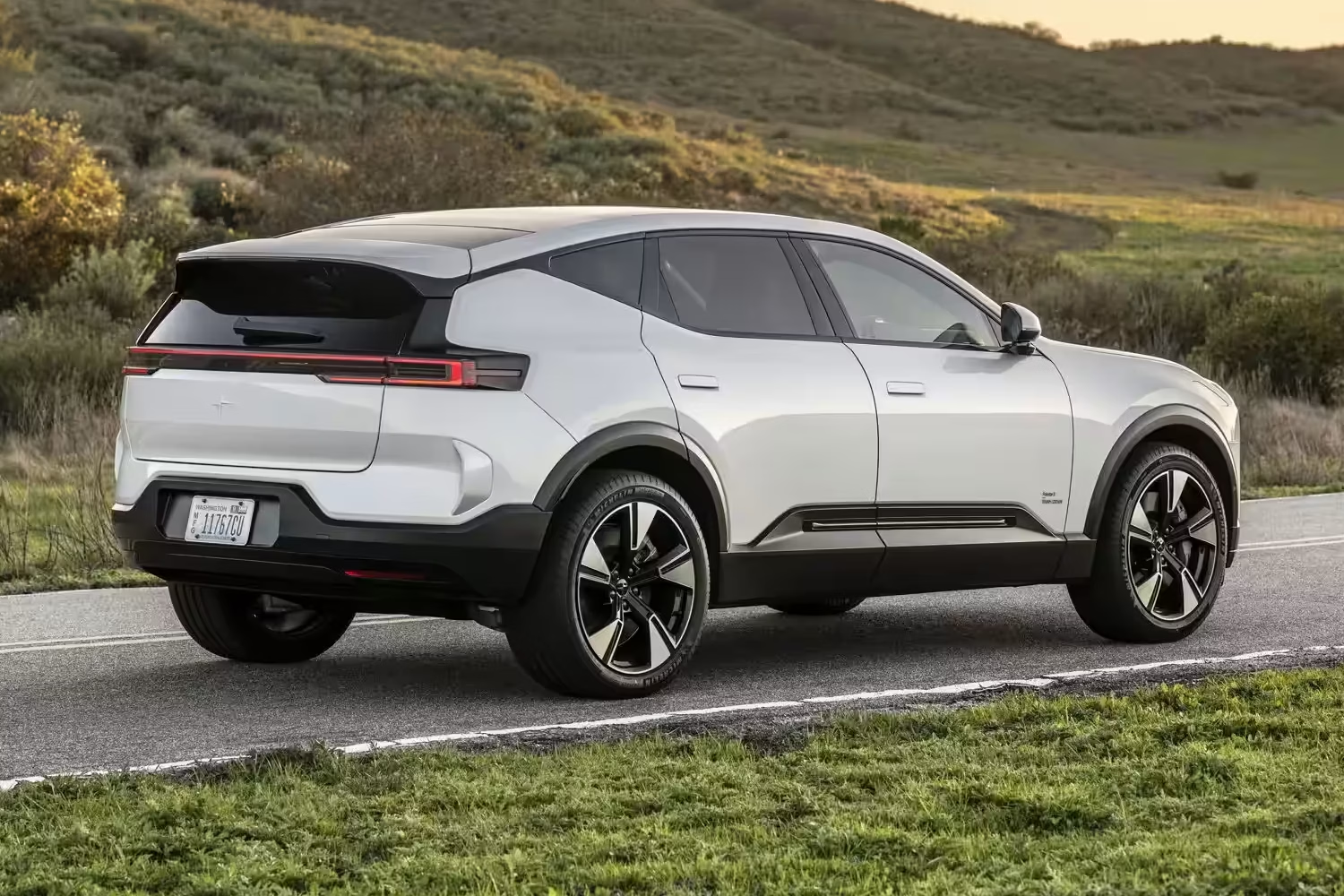
Estimated Range Comparison
| Test Cycle | Estimated Range | Average Consumption |
|---|---|---|
| WLTP | 650-706 km | 17.6-20.3 kWh/100km |
| EPA | Up to 563 km (350 mi) | ~21.7 kWh/100km (35 kWh/100mi) |
Charging: Is Patience an Electric Virtue?
With a battery this large, recharging can take time. At home or at public alternating current (AC) chargers, the Polestar 3 Single Motor accepts up to 11 kW. This means a full charge (from 0 to 100%) will take about 11 and a half hours. It’s the perfect time to charge overnight and wake up to a “full tank.” Using a standard home outlet? Forget it, it could take over 50 hours—just enough time to binge-watch your favorite series.
The good news comes with fast charging in direct current (DC). The car supports powers of up to 250 kW. At a compatible charger (if you can find one!), it’s possible to go from 10% to 80% charge in about 30 minutes. That really makes long trips feasible, turning the charging stop into a quick coffee break or pit stop. The question is the availability of these superchargers outside major urban areas.
While the 250 kW capacity is great, there are cars coming to market with 800V architectures that allow even faster charging. The Polestar 3 holds its own, but it’s not the absolute leader in this category. It’s essential to check the charging infrastructure in your area before making a decision.
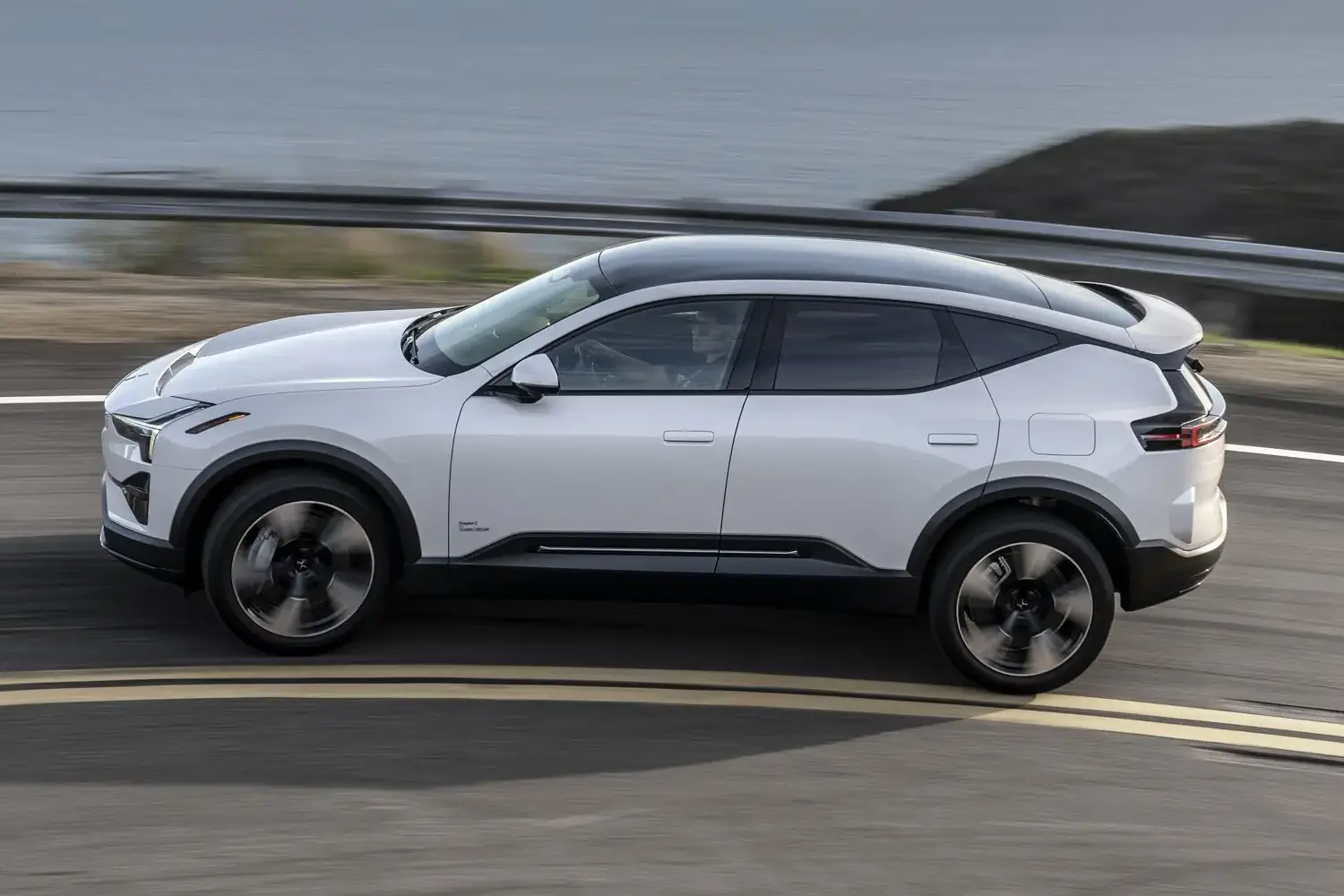
Estimated Charging Times
| Method | Power (kW) | Estimated Time |
|---|---|---|
| AC (Standard Outlet 2.3kW) | 2.3 kW | ~54h (0-100%) |
| AC (Wallbox 11kW) | 11 kW | ~11.5h (0-100%) |
| DC Fast (50kW) | 50 kW | ~95 min (10-80%) |
| DC Ultra-Fast (250kW) | 250 kW | ~30 min (10-80%) |
Performance: Family SUV or Disguised Rocket?
Let’s be direct: the Polestar 3 Long Range Single Motor is not designed to break speed records. The acceleration from 0 to 100 km/h in 7.8 seconds (or 0 to 60 mph in 7.5 seconds, according to Polestar) is suitable for an electric family SUV. It’s slower than the Dual Motor versions, which manage the same feat in about 5 seconds, but it’s still nimble enough for urban and highway traffic.
You won’t feel that gut punch when you accelerate hard, but the power delivery is linear and vigorous. It’s a civilized performance, focusing more on comfort and efficiency than pure sportiness. If you seek adrenaline, you might want to look into the dual motor version (which offers less range).
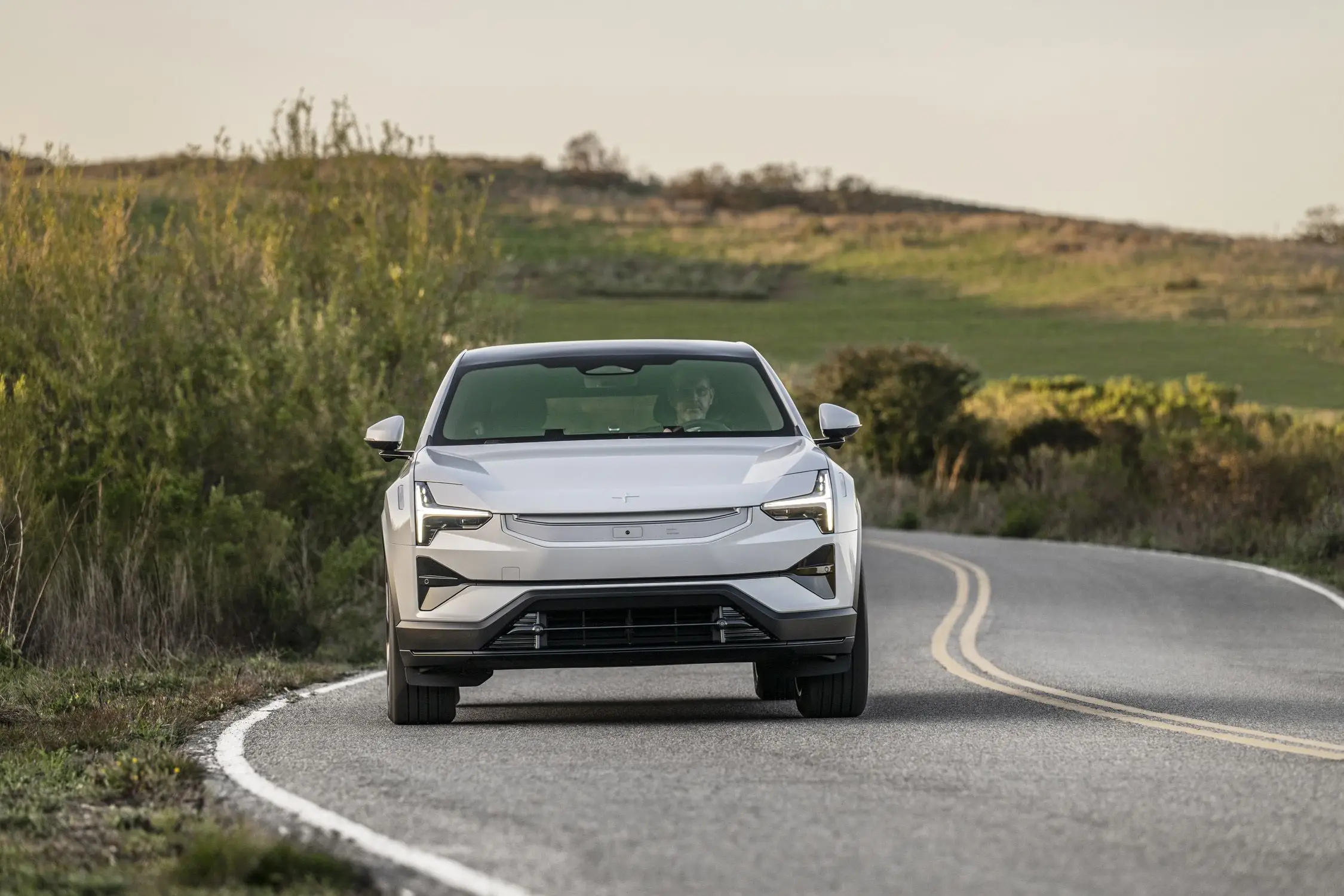
The top speed is electronically limited to 180 km/h (112 mph). This is common in many electric vehicles to preserve range and for safety considerations. Let’s be honest, in most countries, you’d lose your license long before reaching that speed. It’s more than enough for any legal driving situation.
Dimensions and Space: Will the Family and Luggage Fit?
At 4.90 meters long and nearly 2 meters wide (excluding mirrors), the Polestar 3 is a mid- to large-sized SUV. It commands attention on the road and offers generous interior space, thanks to its long wheelbase of nearly 3 meters (2985 mm). This generally translates to good legroom, especially in the back seat.
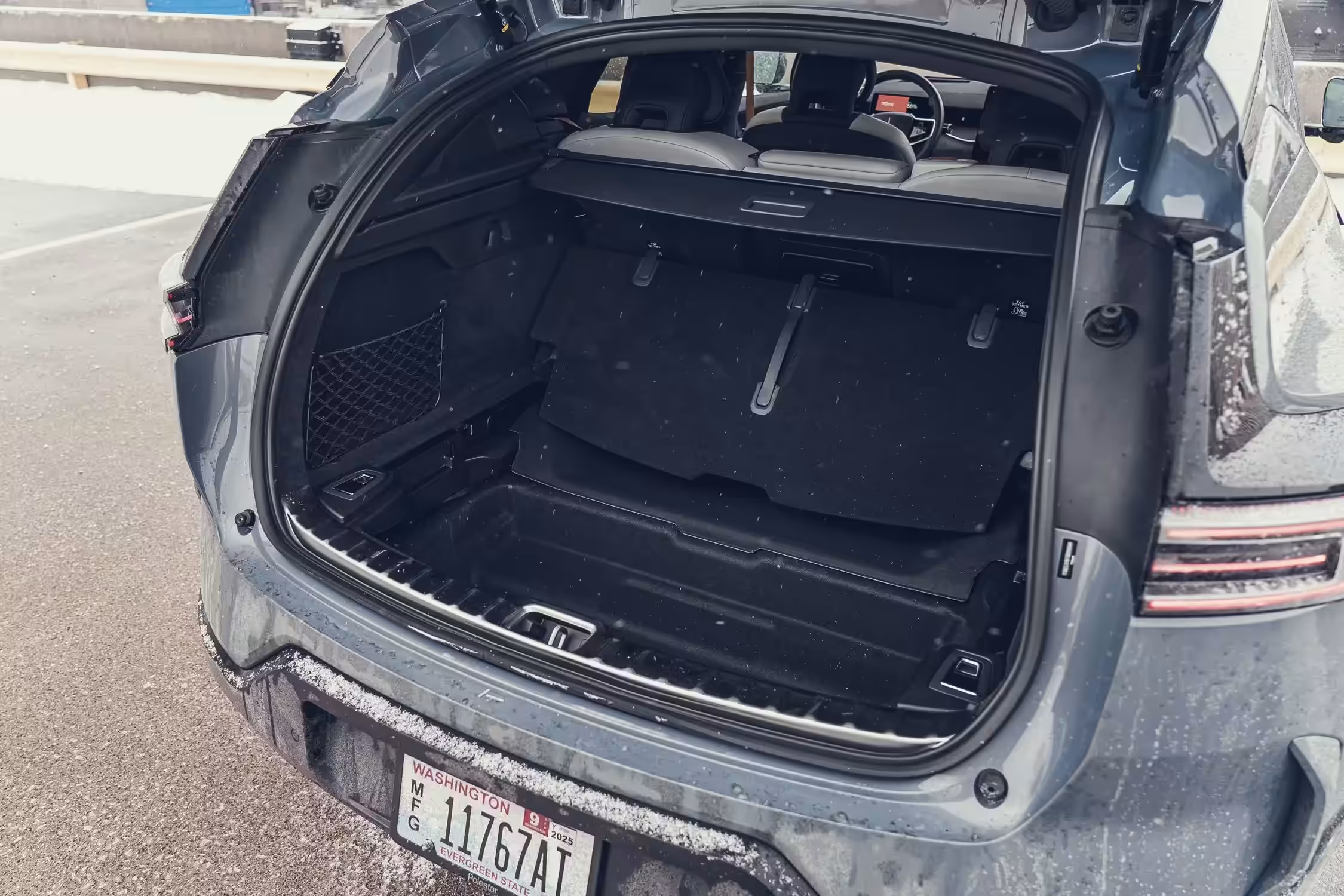
The main trunk offers 484 liters with the rear seats in their normal position. It’s not the largest in its class, but it’s a useful and well-configured space. When the seats are folded down, capacity increases to 1411 liters, enough to carry larger items or luggage for a long trip. It’s a decent volume for an SUV with a sloped rear design.
And like a good modern electric vehicle, it features a “frunk”—that small front trunk where the combustion engine would typically be located. It offers 32 liters, a modest space ideal for storing charging cables, gym bags, or a few small groceries. Don’t expect to fit a large suitcase in there, but it’s a welcome bonus.
Cargo Capacity
- Trunk: 484 L
- With Folded Seats: 1411 L
- Front Trunk (Frunk): 32 L
Heavyweight: The Diet Can Wait
Get ready for the scale: the Polestar 3 Long Range Single Motor weighs around 2575 kg (approximately 5677 lbs) in running order (European standard). Yes, you read that right. Even with one less motor, it’s still a substantially heavy vehicle. The main culprit? The massive 111 kWh battery.
This weight has implications. It affects energy consumption (though it remains efficient for its size), driving dynamics (requiring more from the brakes and suspension), and even tire wear. Polestar certainly worked on the suspension and chassis to disguise the weight, but physics is relentless. Don’t expect the agility of a sports car.
It’s the dilemma of long-range electric vehicles: to go far, they need large, heavy batteries. It’s like trying to run a marathon with a backpack full of stones. You’ll make it, but it will take extra effort.
Safety and Technology: Your Digital Guardian Angel
Polestar, with its roots in Volvo, takes safety very seriously. The Polestar 3 comes loaded with active and passive safety features and advanced driver assistance systems (ADAS). There are 10 airbags distributed throughout the cabin, including a knee airbag for the driver and internal airbags to protect occupants in side collisions.
The list of electronic aids is extensive: adaptive cruise control (ACC) with Stop & Go functionality, lane-keeping assistance (LKA), blind spot monitoring (BLIS) with steering assistance, rear cross-traffic alert with automatic braking, and Pilot Assist, which combines ACC and LKA for semi-autonomous driving on highways. The car uses 5 external cameras, 12 ultrasonic sensors, and 1 front radar to “see” the world around it.
Additionally, it features two infrared internal cameras that monitor the driver for signs of fatigue or distraction. It’s cutting-edge technology working to prevent accidents or mitigate their consequences. It’s almost like having a robot co-pilot (but please keep your hands on the wheel and attention on the road!).
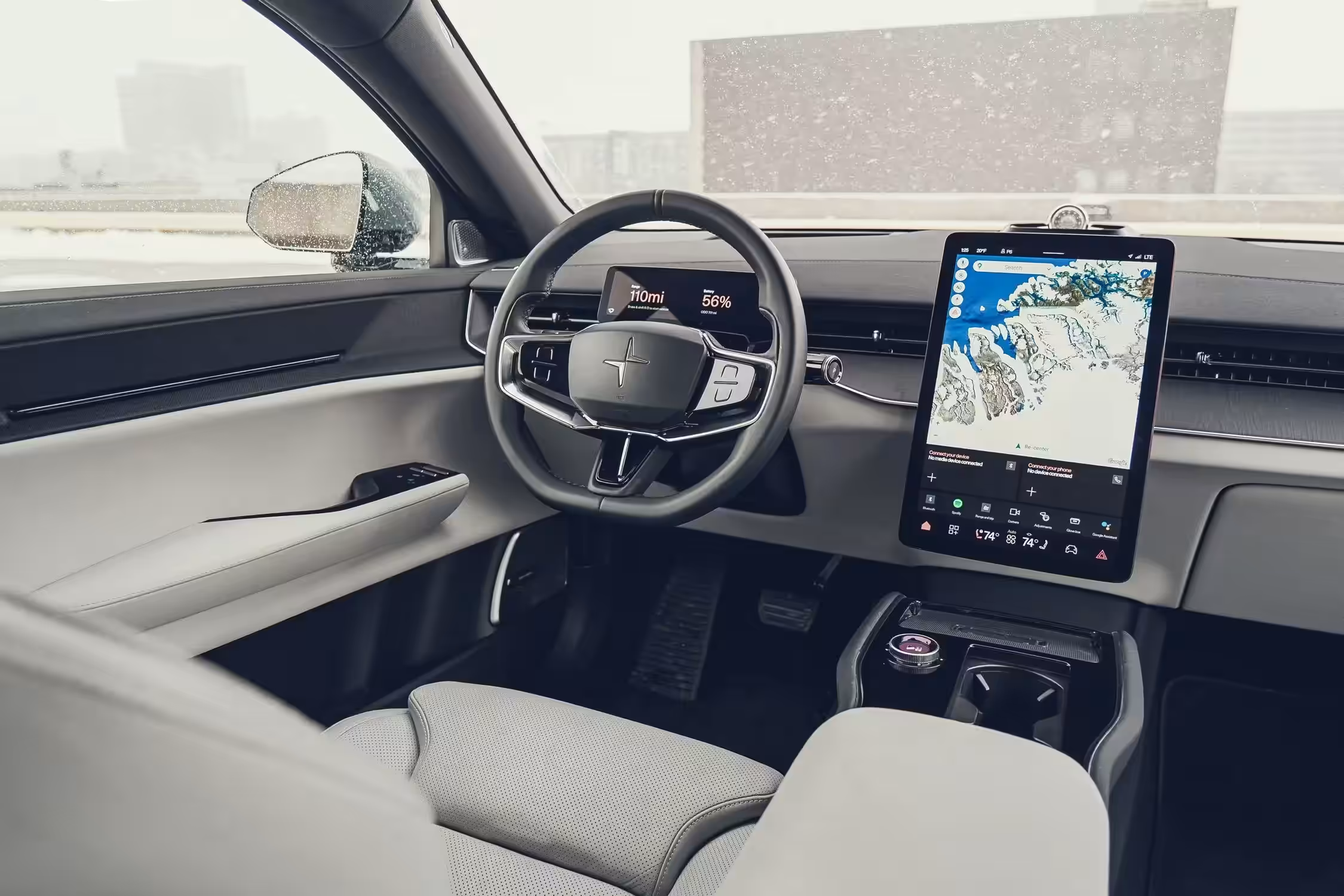
Safety Highlights
- 10 Airbags
- Pilot Assist (Level 2 ADAS)
- 360° Cameras (External View)
- Automatic Emergency Braking
- Blind Spot Monitoring
- Driver Monitoring
- Reinforced Boro Steel Structure
Infotainment and Connectivity: The Future at Your Fingertips
Inside, the Polestar 3 embraces technological minimalism. The dashboard is dominated by a massive 14.5-inch vertical touchscreen, which controls nearly all vehicle functions. The operating system is Android Automotive OS, developed in partnership with Google. This means native Google Maps, Google Assistant for voice commands, and access to the Google Play Store to download apps like Spotify, YouTube Music, and more.
For the driver, there’s a smaller 9-inch display behind the wheel that shows essential driving information. Connectivity is ensured by an integrated 5G modem, allowing over-the-air (OTA) software updates—your car gets smarter over time without needing a dealer visit. There’s also wireless compatibility with Apple CarPlay and Android Auto (yes, Android within Android!), four USB-C ports, and a wireless smartphone charger.
The standard sound system comes with 10 speakers and 300 watts. For audiophiles, there’s an option for a premium Bowers & Wilkins system with 25 speakers and Dolby Atmos. The interface is clean and intuitive, but the almost complete reliance on the touchscreen may not appeal to everyone. Also, the strong integration with Google raises questions about privacy—something to think about in the digital age.
Sustainability: Green Inside and Out?
Polestar emphasizes its commitment to sustainability, and this is reflected in the materials used in the Polestar 3’s interior. The brand seeks to reduce its environmental impact by utilizing innovative and recycled alternatives. It’s an attempt to align modern luxury with ecological awareness.
Among the materials, there’s MicroTech Bio-Based, a vegan leather alternative made from renewable vinyl and recycled polyester. There are also wool options that are animal welfare certified and traceable. The carpets are made from ECONYL®, a 100% recycled nylon sourced from fishing nets and other plastic waste. Even the aluminum in the decorative panels contains 80% recycled content.
Natural fiber composites made from flax are used in the interior panels, being lighter and using less virgin plastic. Even the optional Nappa leather is animal welfare certified and chrome-free. These are commendable efforts, but the question remains: can a 2.5-ton electric SUV with a massive battery full of rare metals be considered truly “sustainable”? It’s a step in the right direction, but the debate over its real impact continues.

Eco-Conscious Materials
- MicroTech Bio-Based (vegan)
- Wool with Animal Welfare Certification
- Recycled Textiles (ECONYL®)
- Flax Fiber Composites
- Recycled Aluminum
- Optional Nappa Leather (Certified)
Verdict: Is It Worth the Wait for This Polestar?
The 2025 Polestar 3 Long Range Single Motor arrives as an intriguing option in the growing market of premium electric SUVs. Its strengths are undeniable: enviable range (especially on the WLTP cycle), elegant Scandinavian design, a tech-focused interior centered on sustainability, and a robust safety package.
However, it’s not perfect. The performance, while adequate, doesn’t excite like the Dual Motor version. The heavy weight is a notable characteristic, and the reliance on fast chargers for long trips is a reality. The usability of rear-wheel drive in adverse weather conditions may be a concern for some. And, of course, the price (which is not yet fully defined for all markets but expected to be premium) will be a decisive factor.
This Polestar is for those who prioritize design, technology, safety, and above all, range. It’s for those looking to cover long distances without worrying about frequent stops to recharge, and who appreciate a sophisticated interior with conscious materials. If raw performance or maximum grip in any weather is your priority, you might want to consider the dual motor sibling or other competitors. It’s a smart, efficient choice, but it requires weighing what you truly value in an electric vehicle.
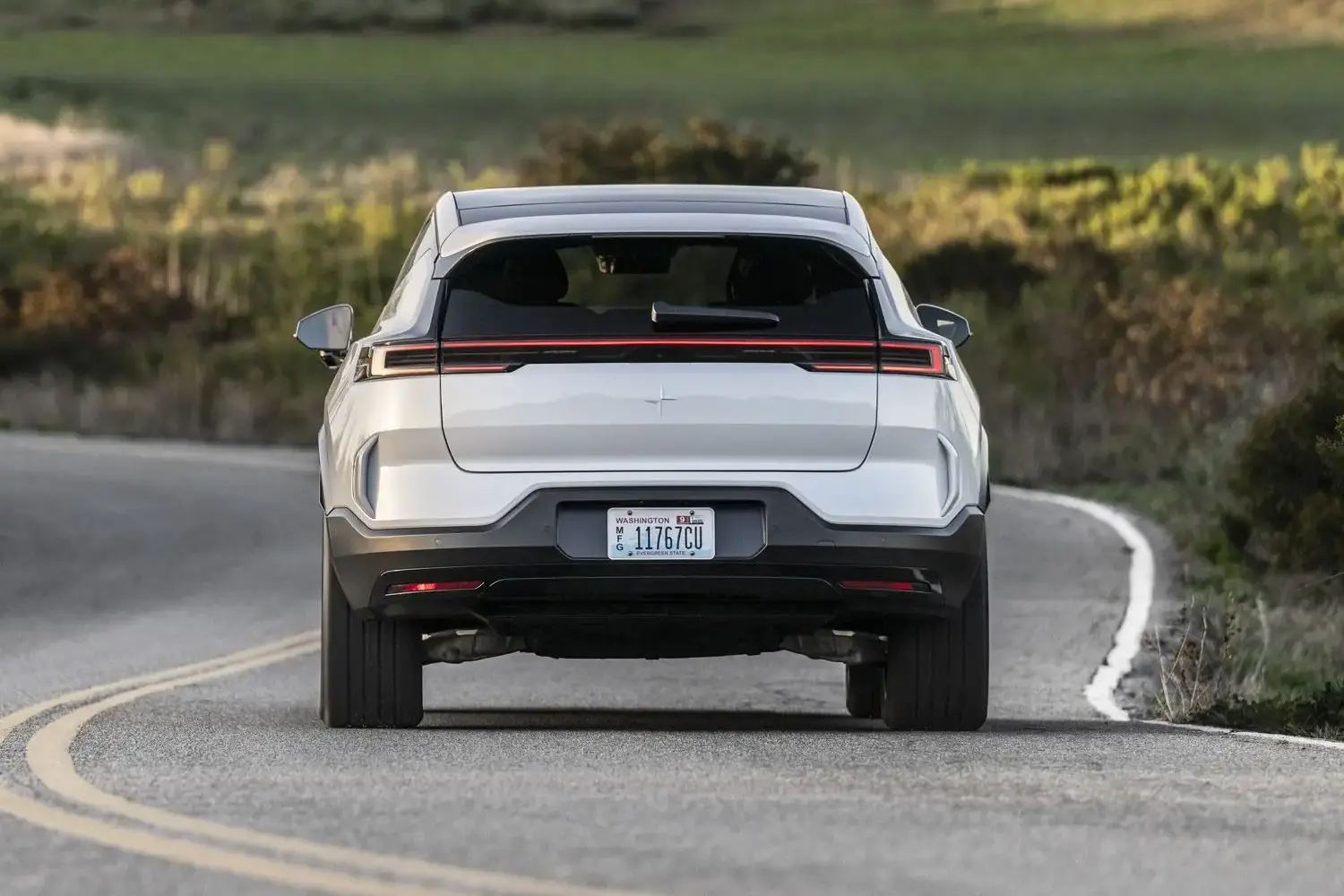
Frequently Asked Questions (FAQ)
- What is the real range of the Polestar 3 Single Motor?
The official EPA range (more realistic) is up to 350 miles (563 km) with 21″ wheels. In practice, expect something between 450-550 km depending on usage, weather, and wheel size. The WLTP range of up to 706 km is more optimistic. - Is it as fast as a Tesla?
No. With 0-100 km/h in 7.8 seconds, it’s agile but lacks the explosive acceleration of many Teslas or the Dual Motor version of the Polestar 3. The focus here is on efficiency and comfort. - How long does it take to charge at home?
With an 11 kW wall charger, it takes about 11.5 hours to go from 0 to 100%. On a regular outlet, it could take over 2 days. - Do sustainable materials make a difference?
Yes, they reduce the environmental impact of car production and offer a touch of exclusivity.




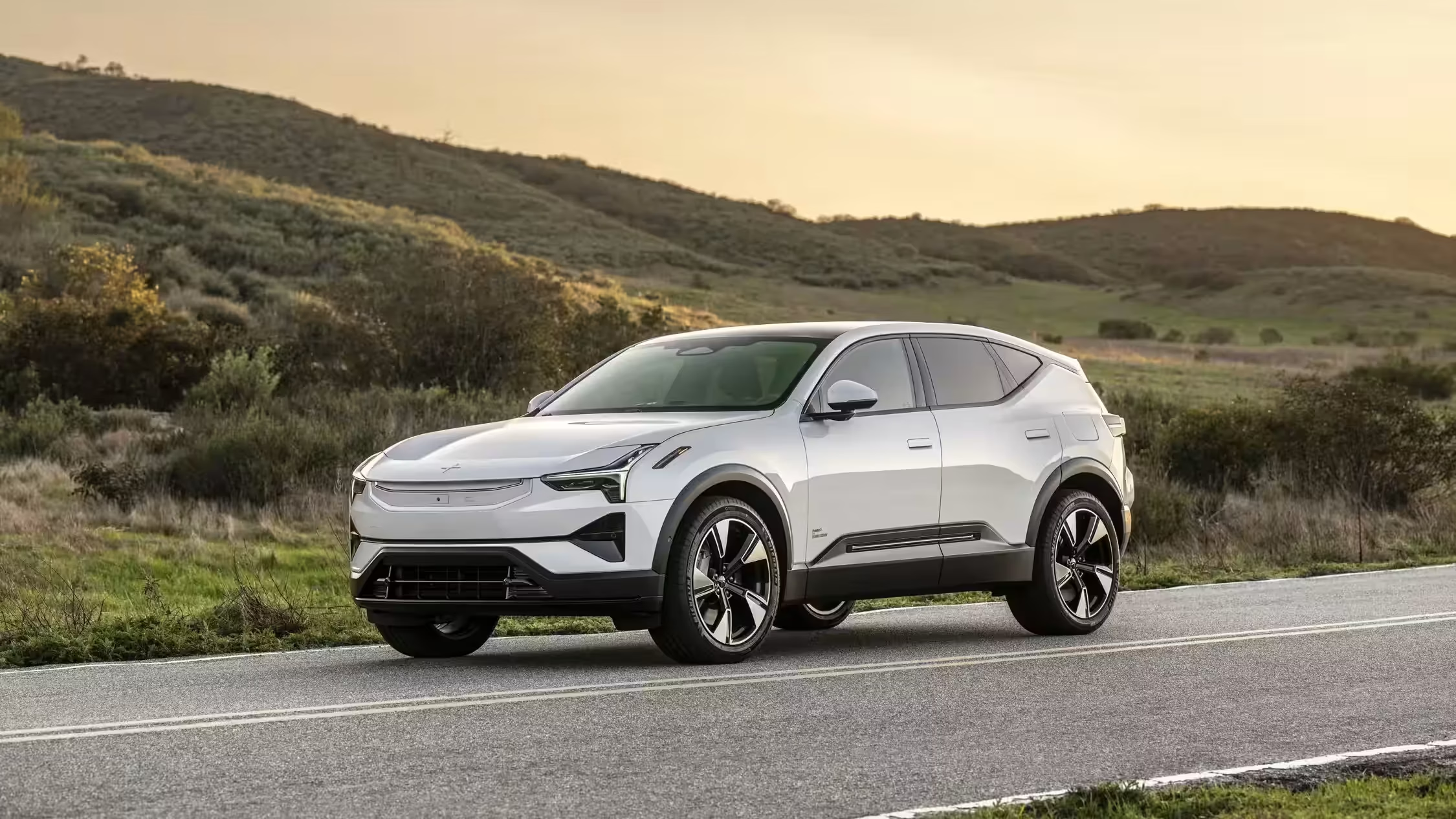

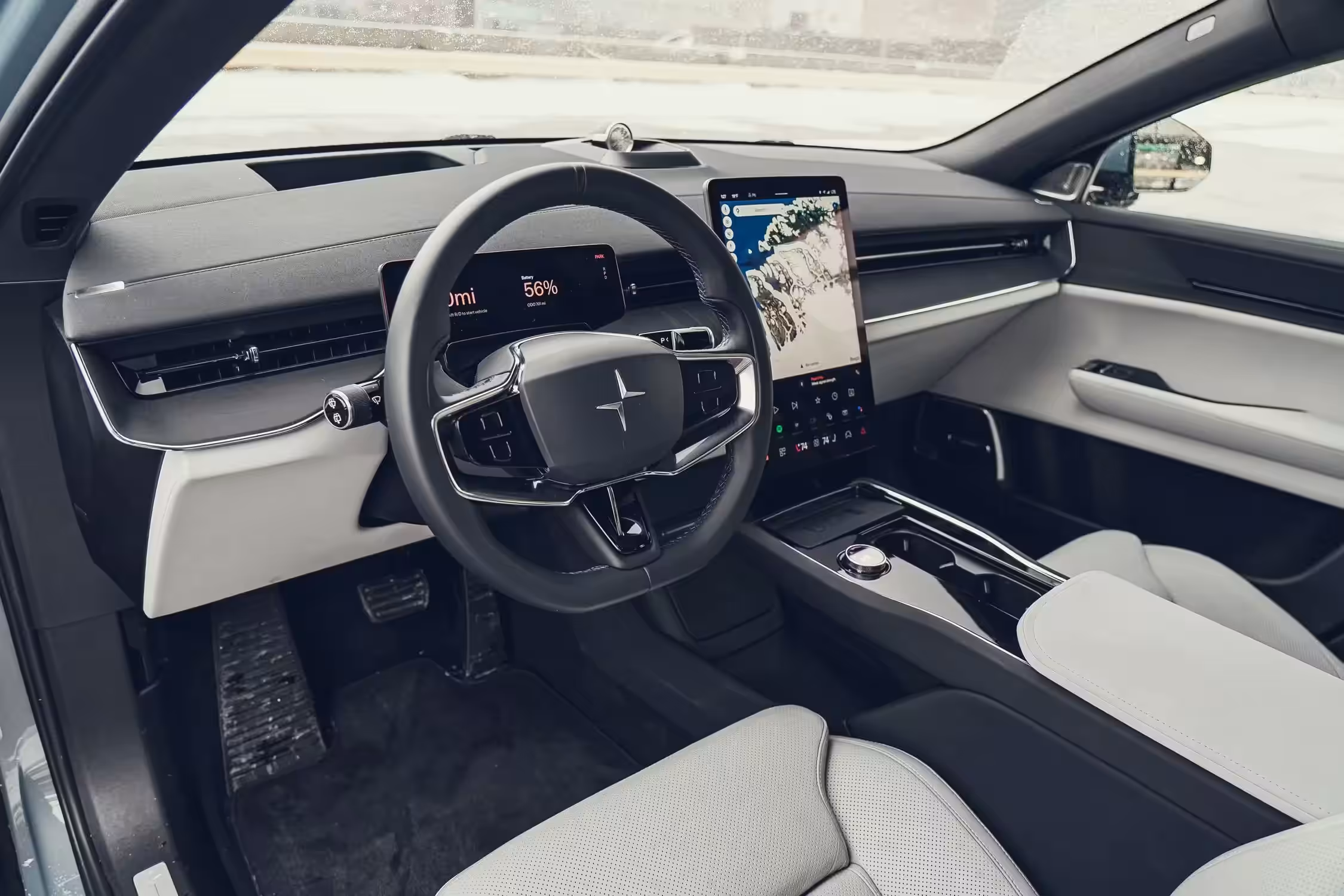
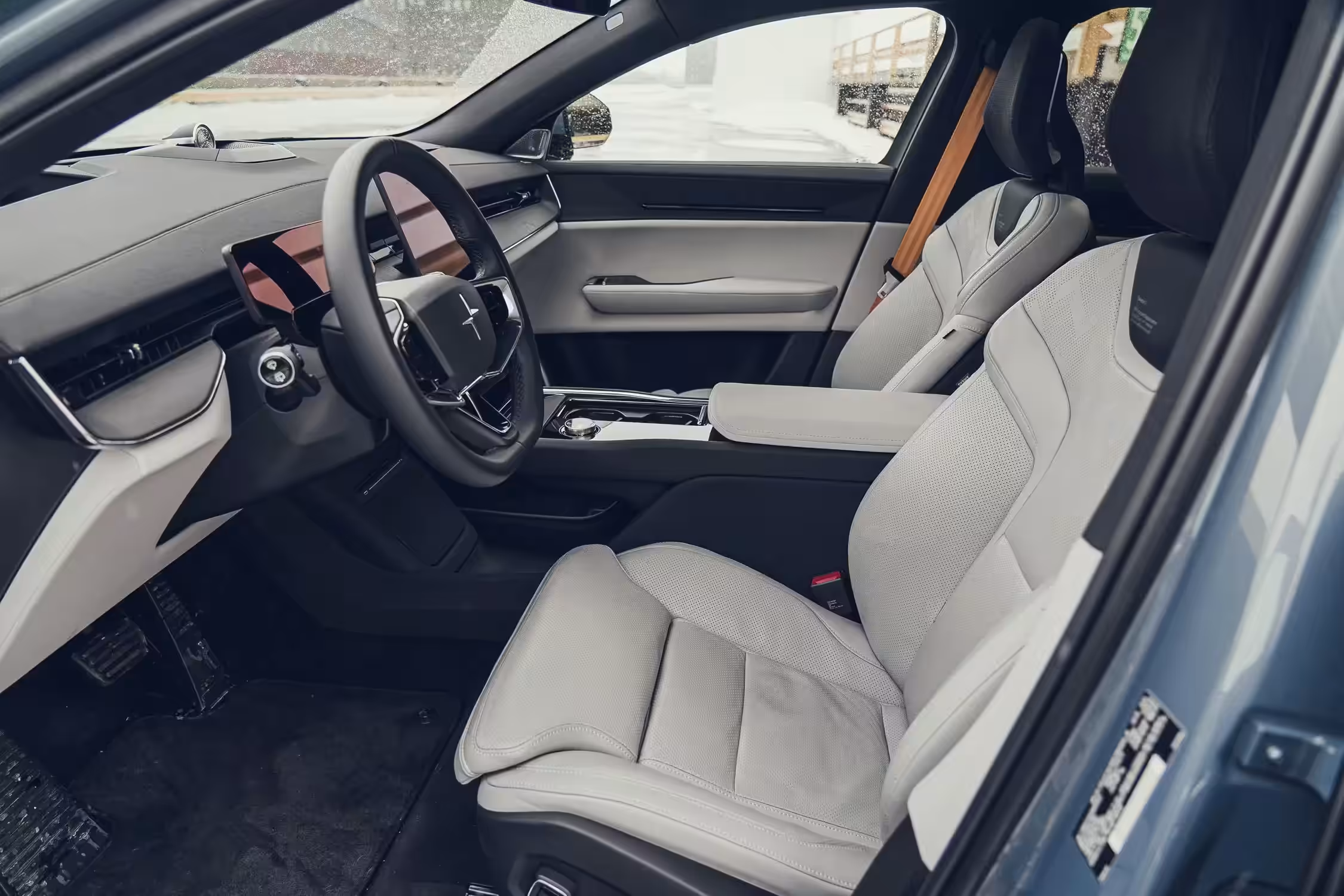
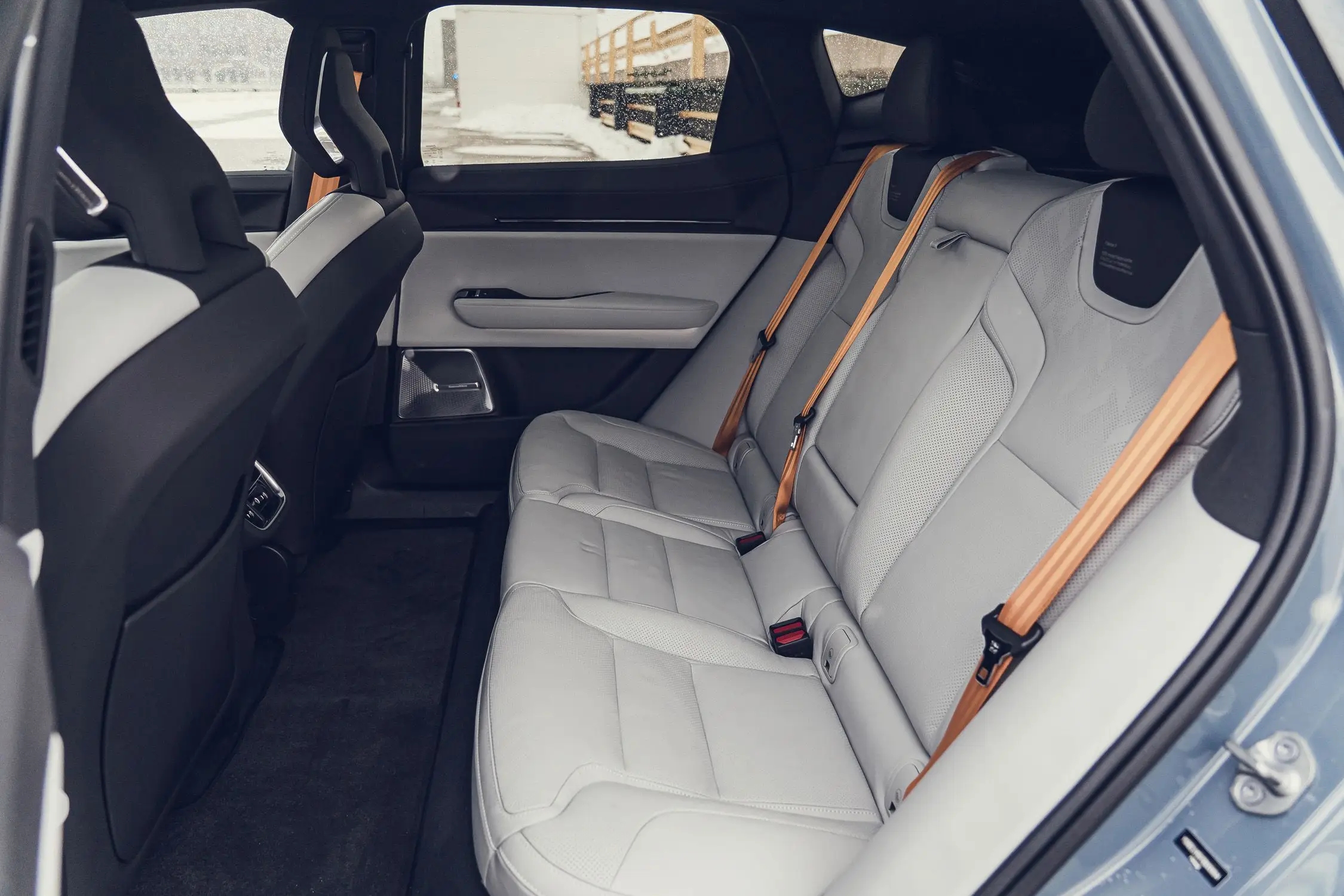



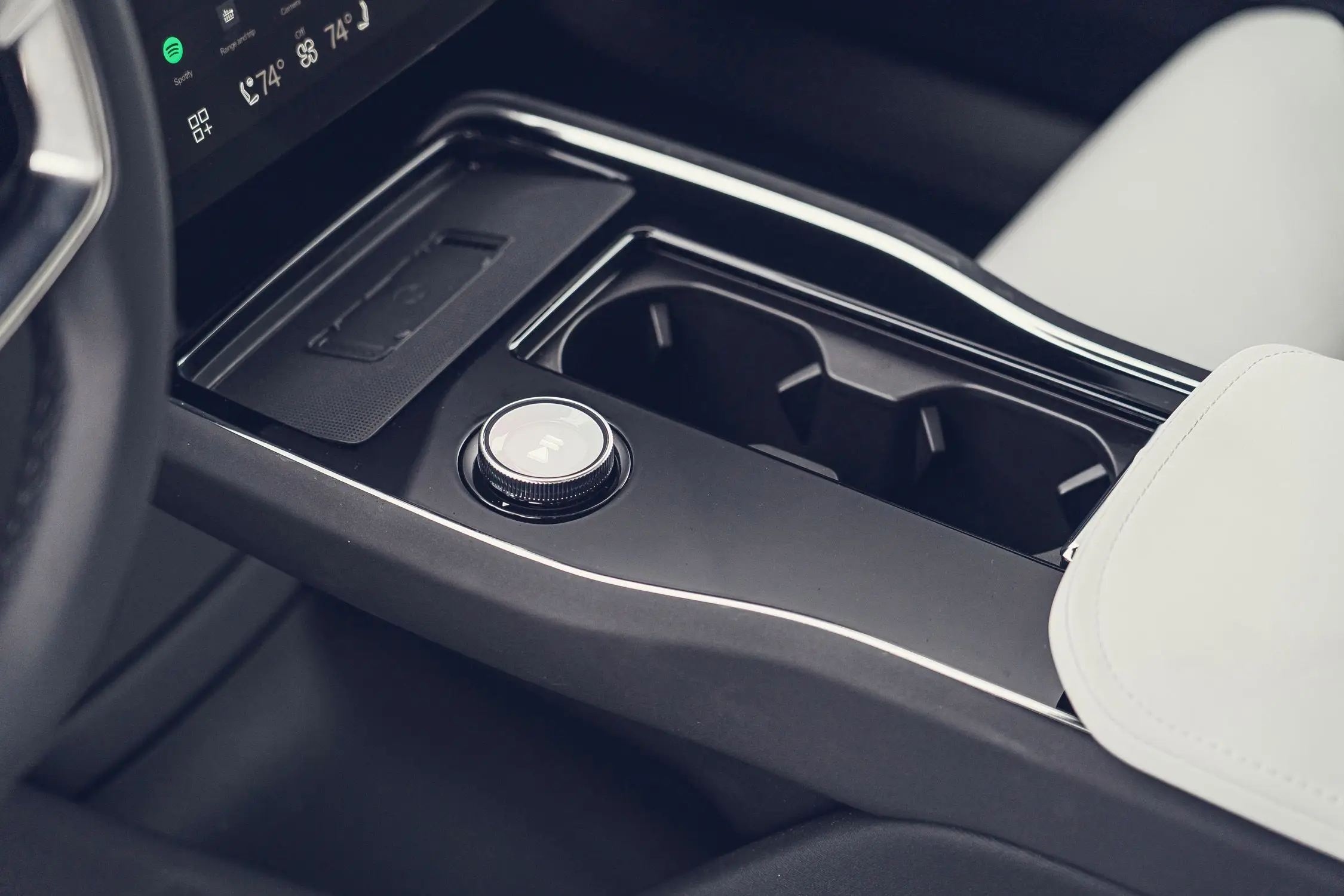
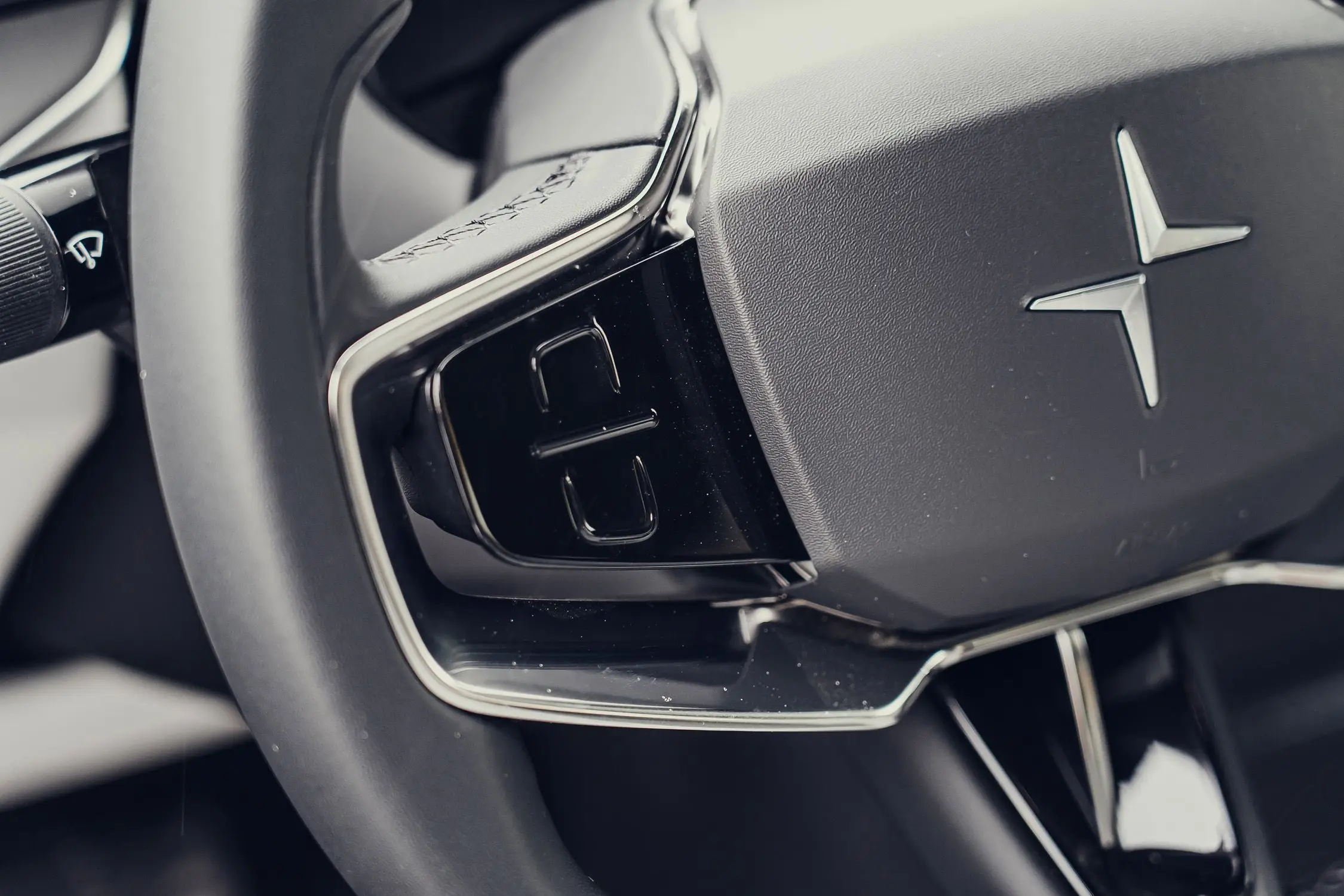
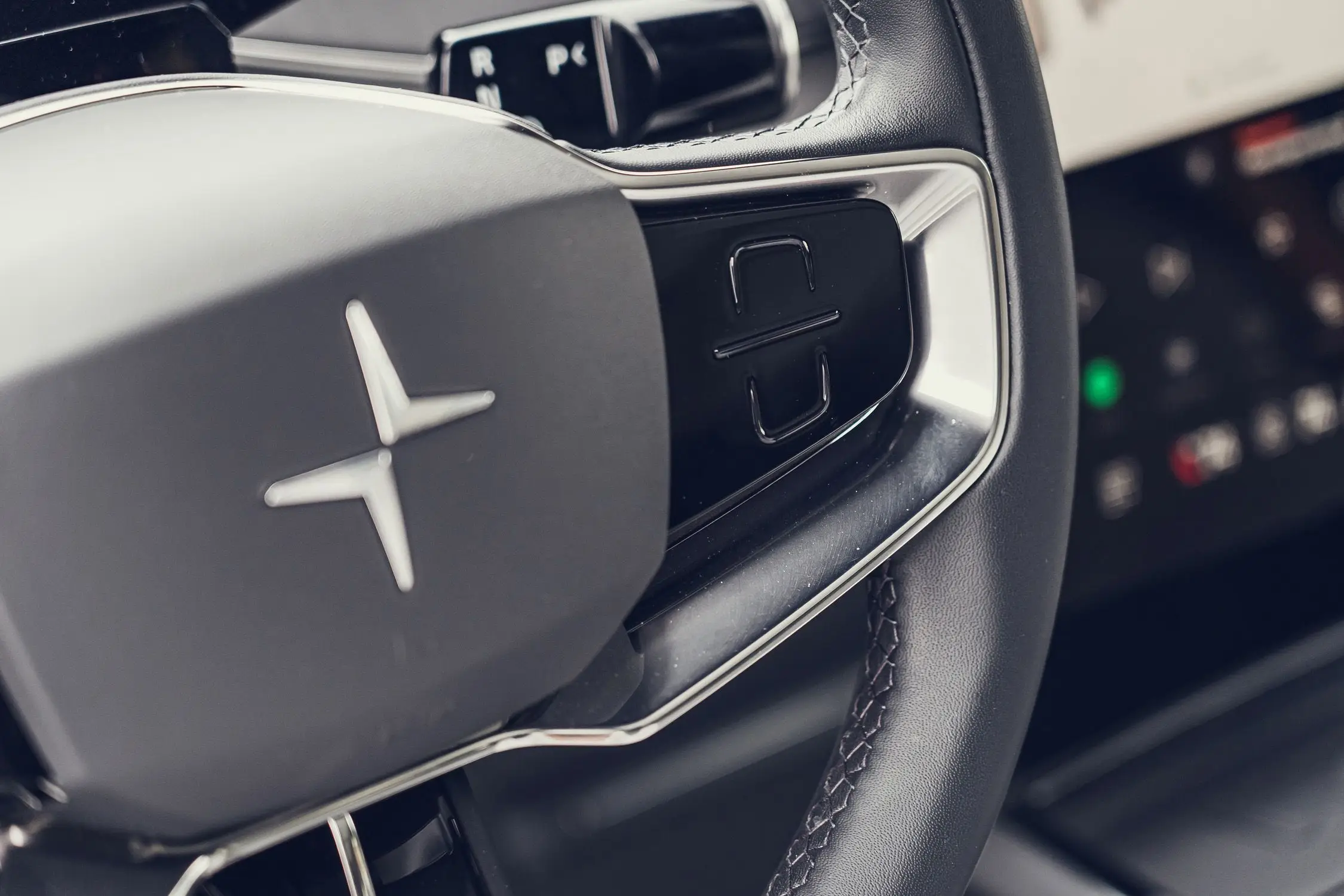
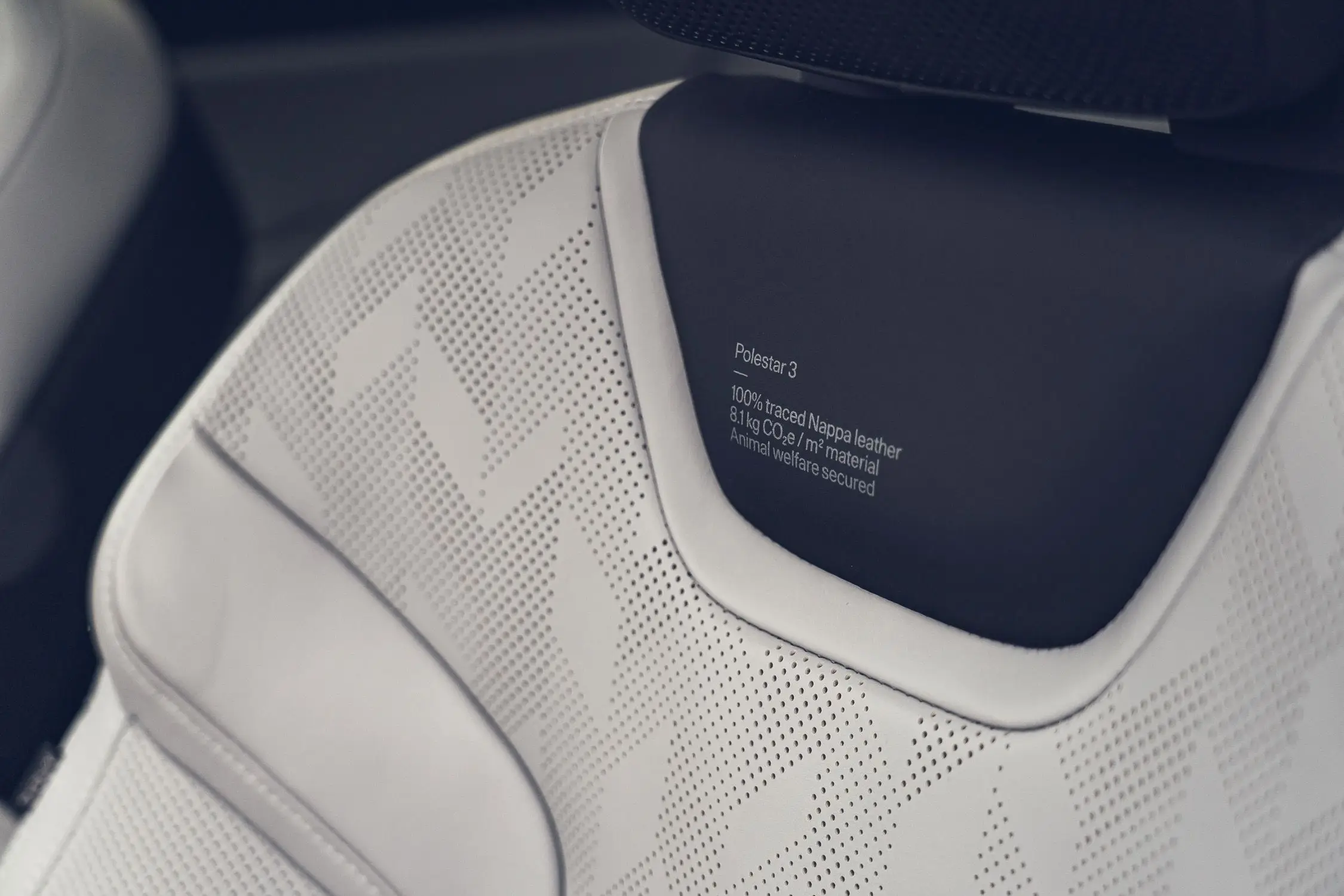
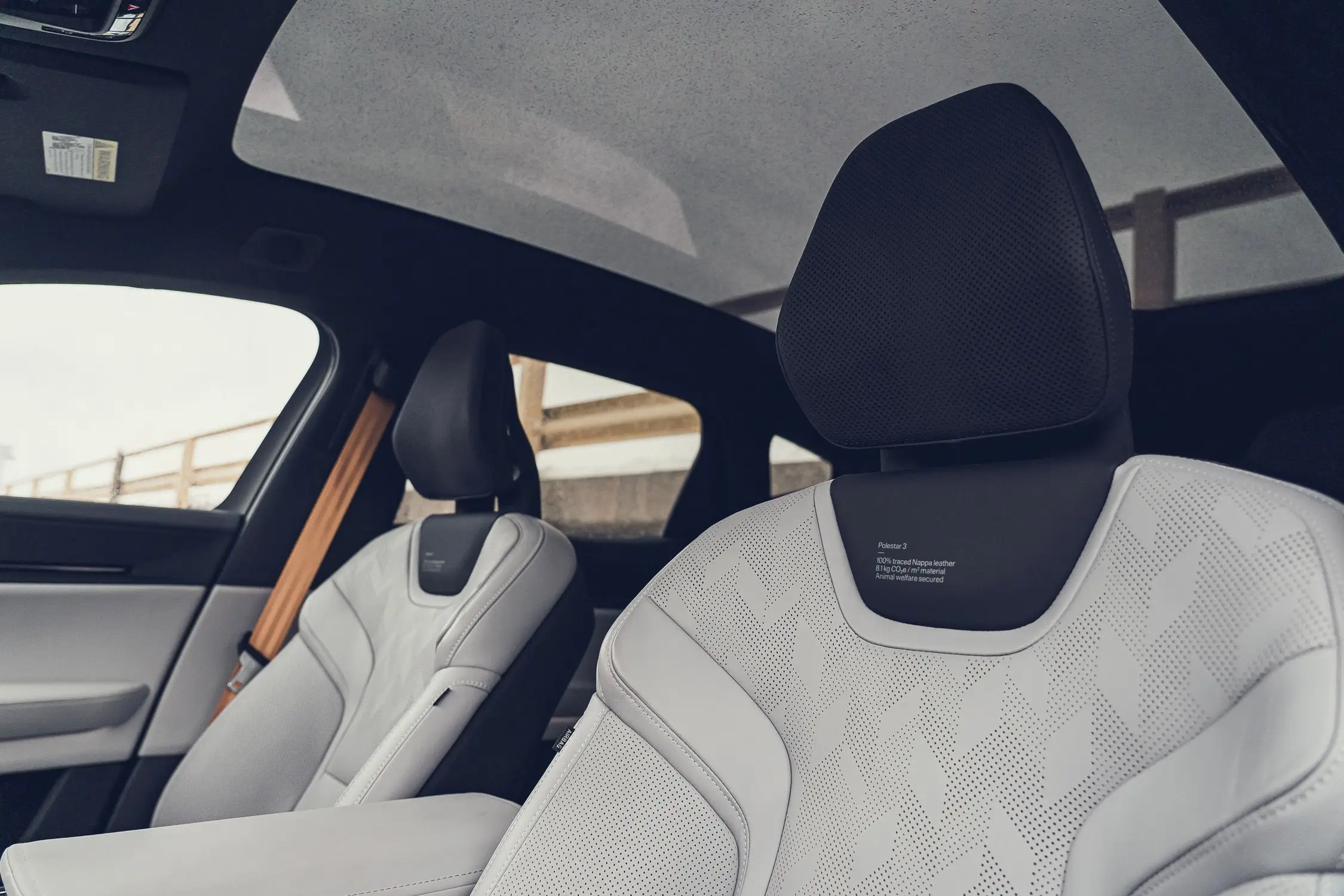
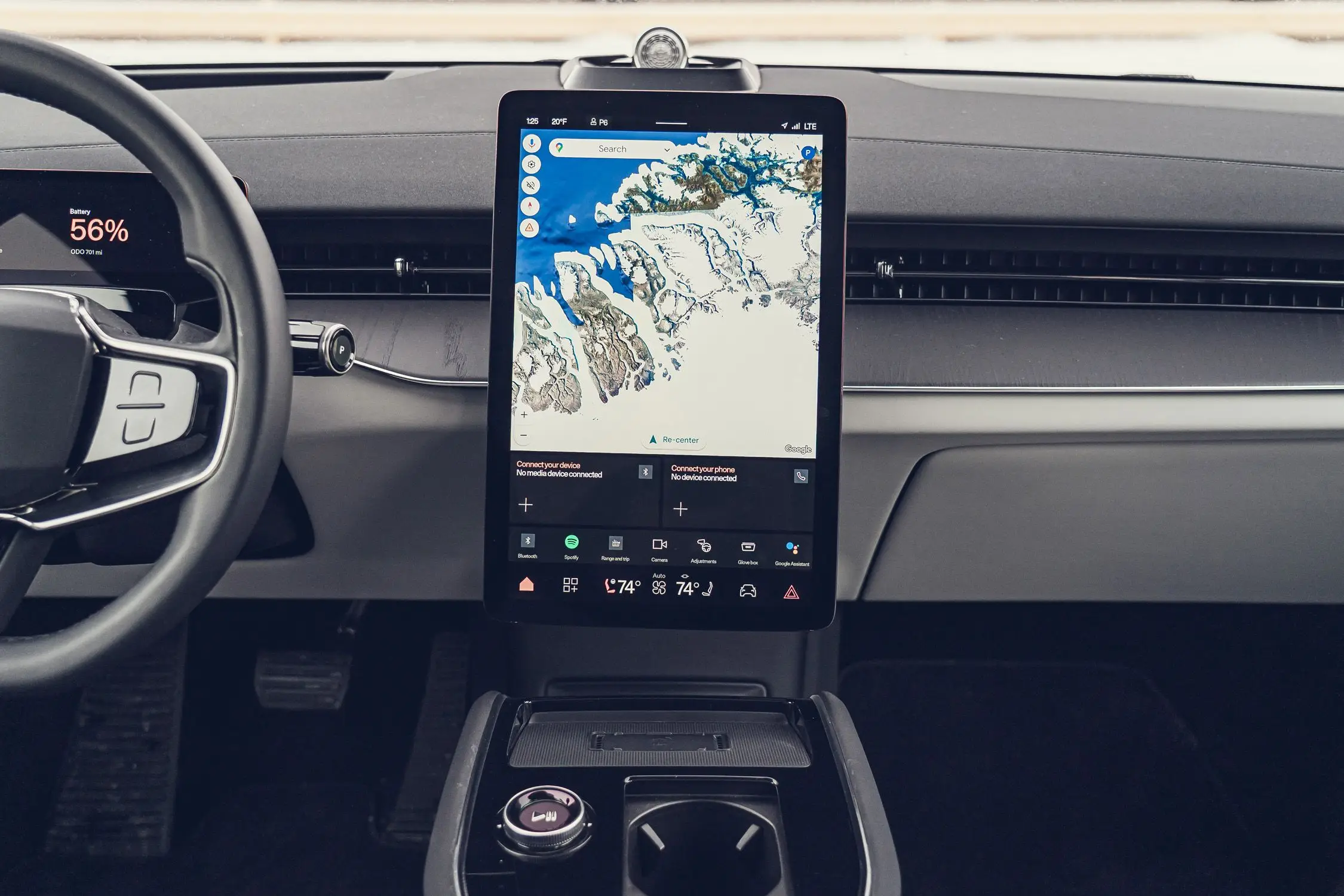
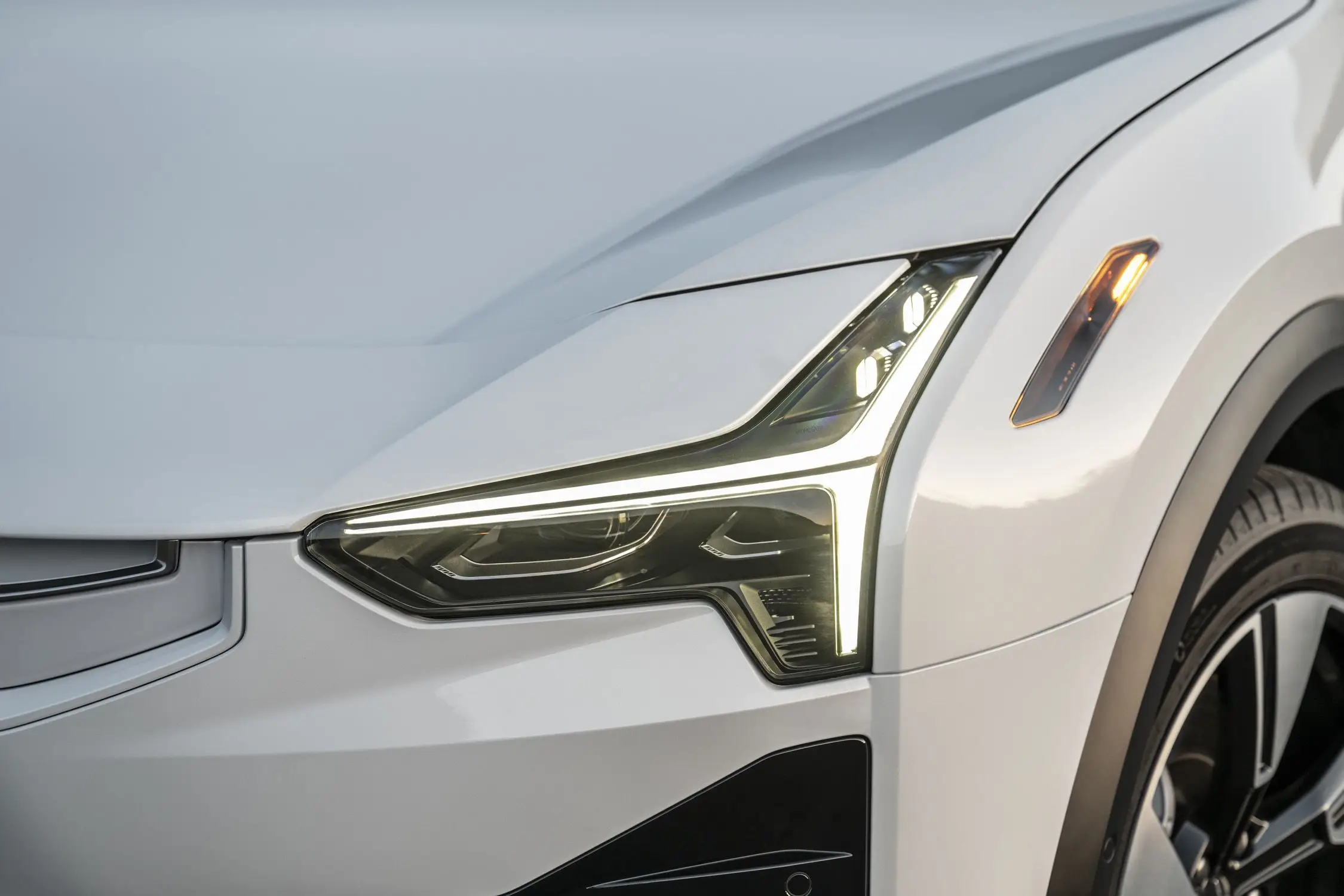
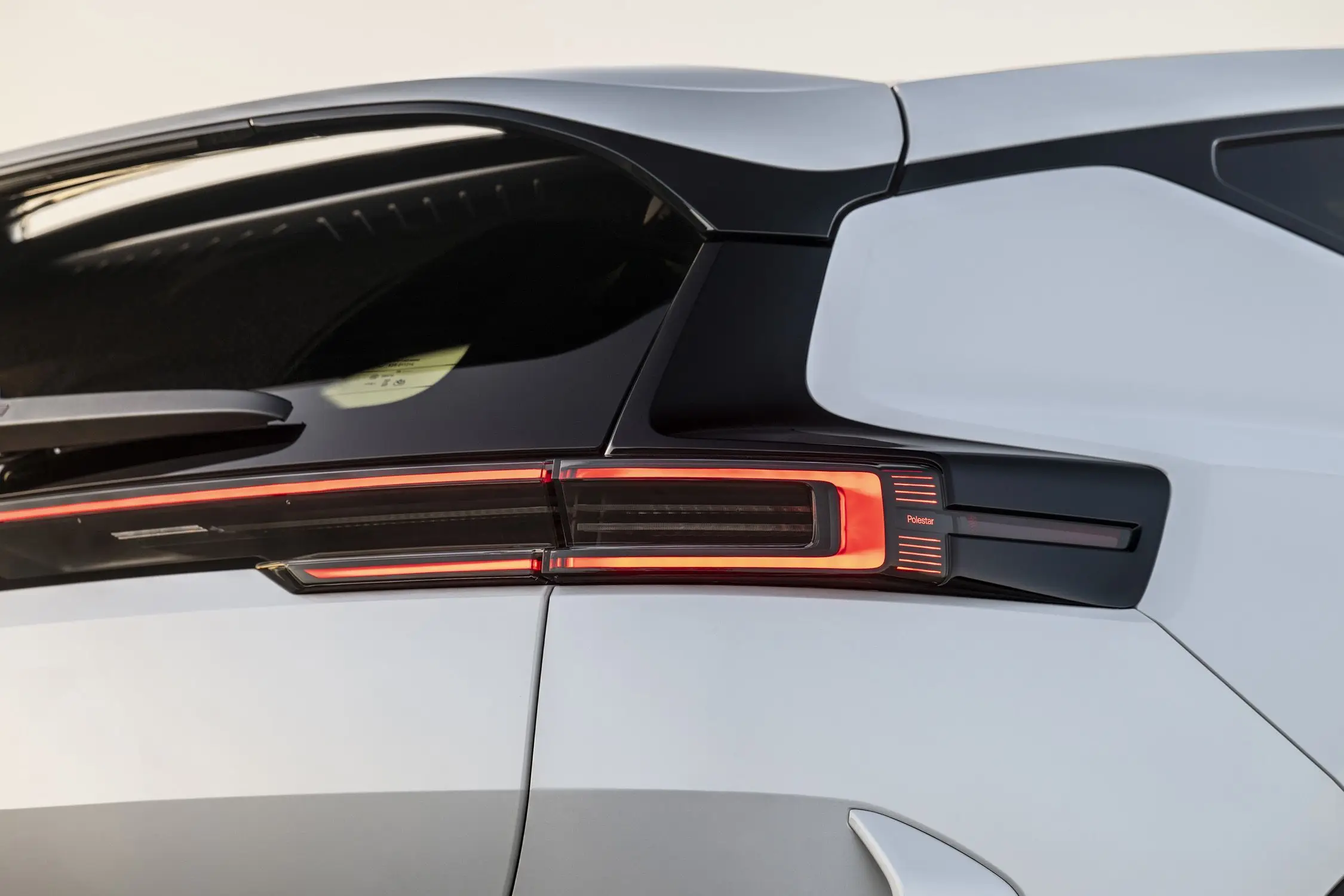
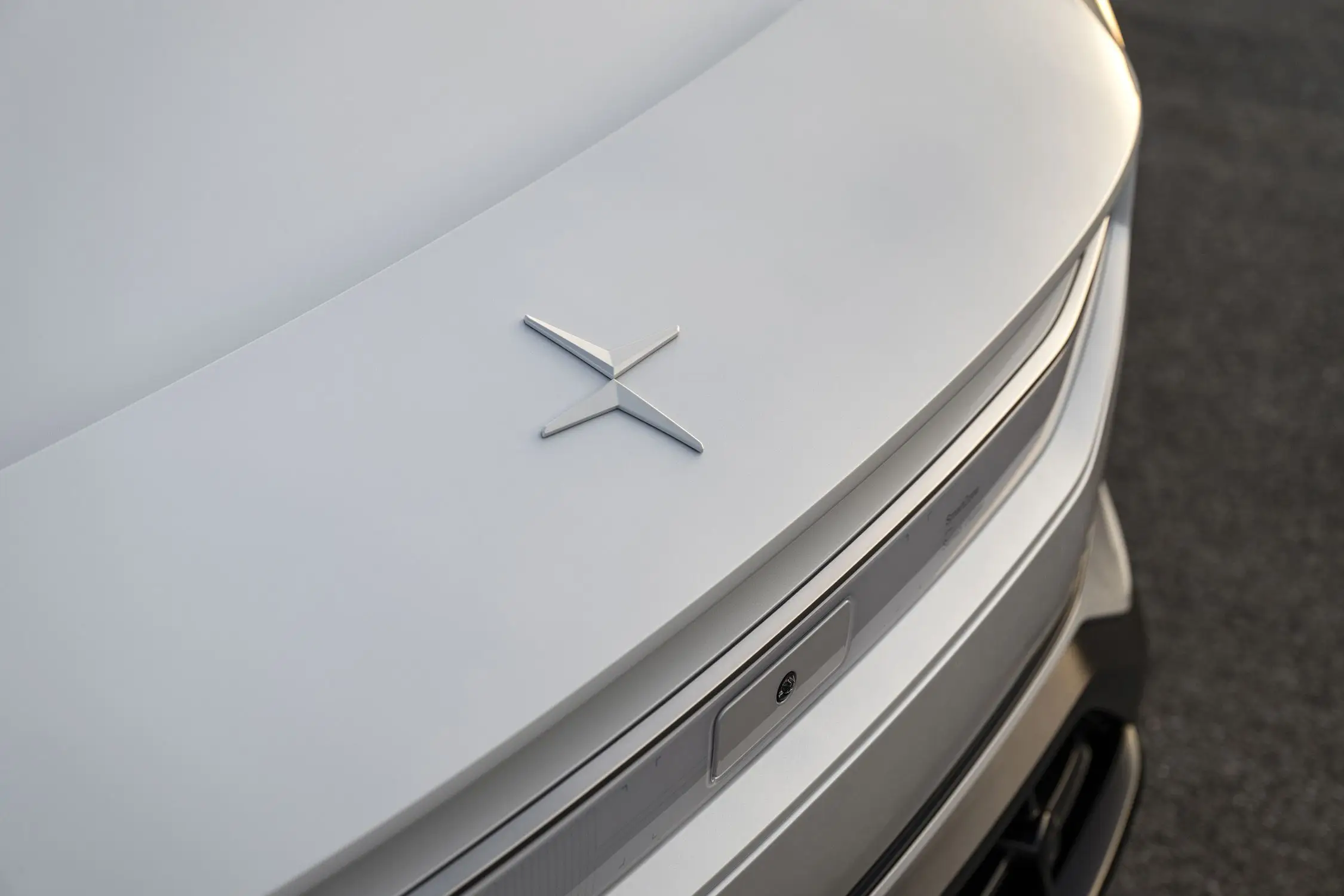
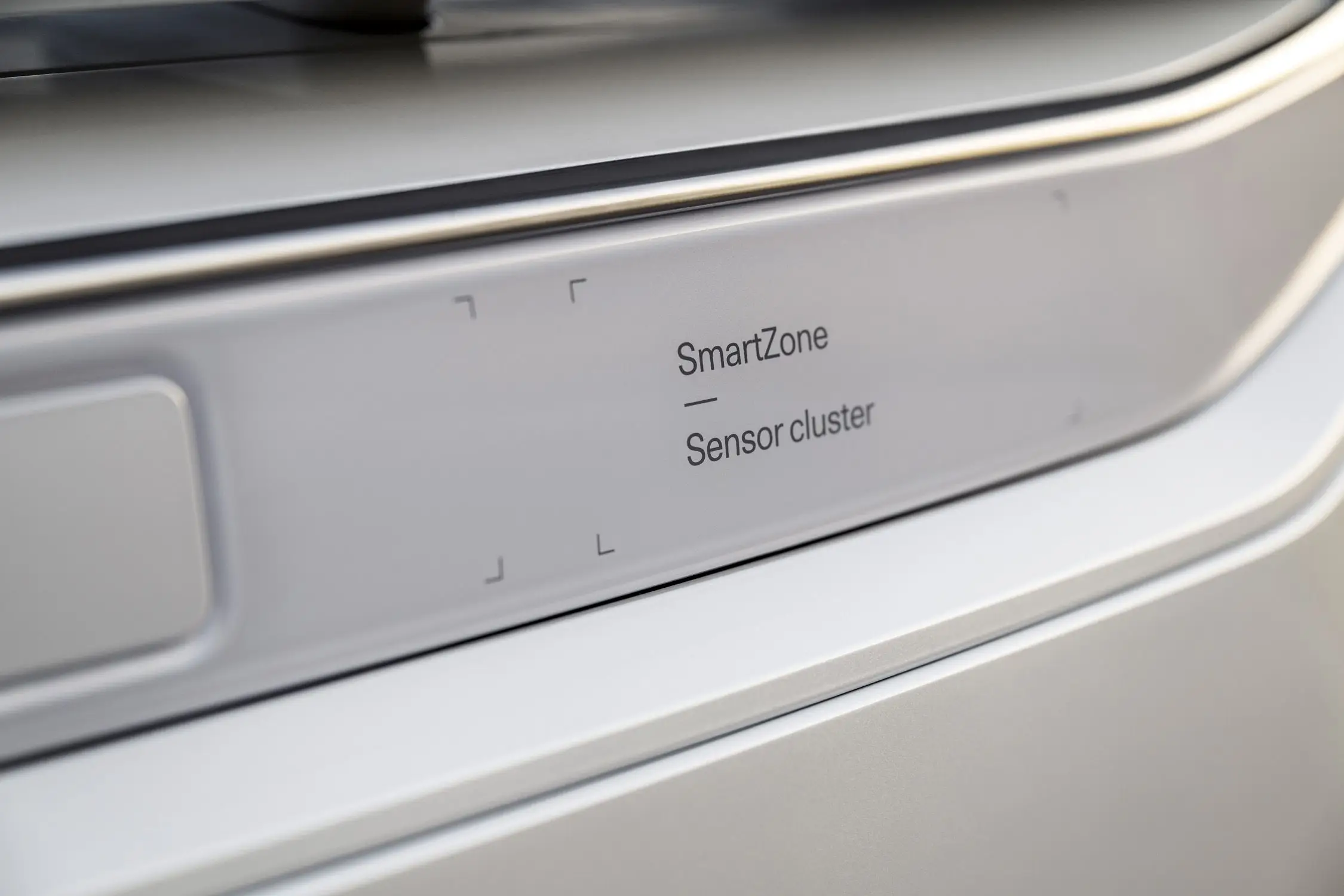
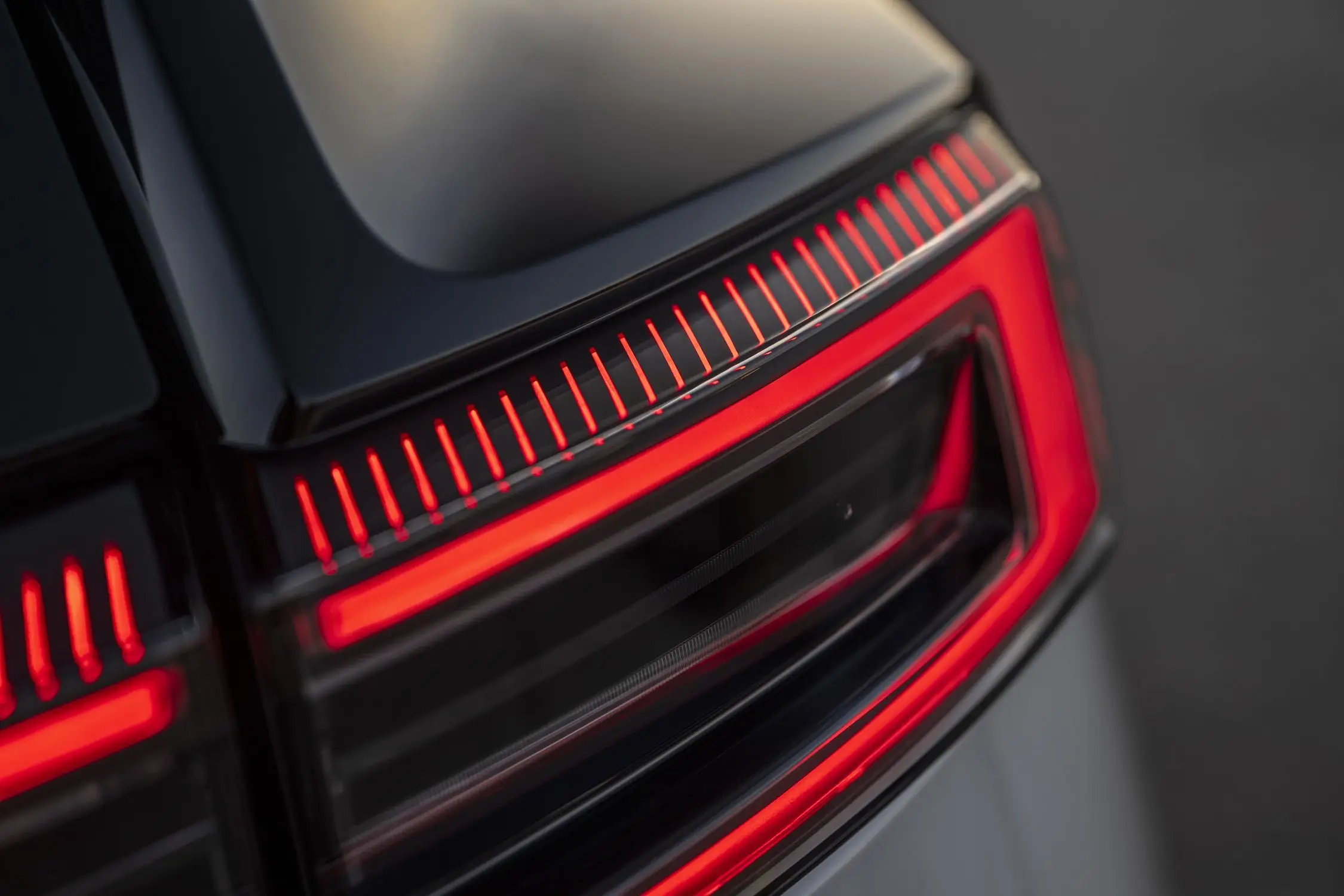
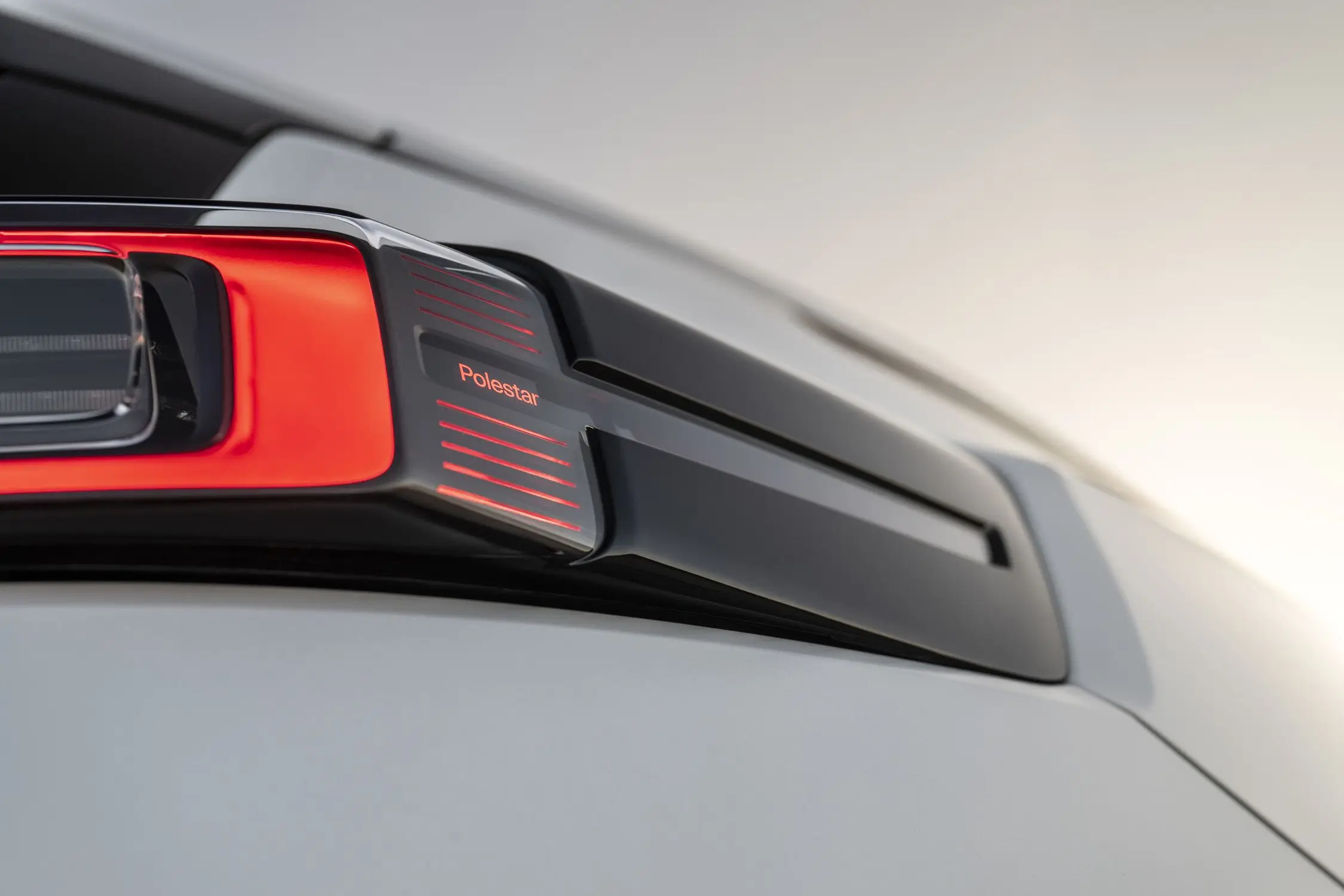

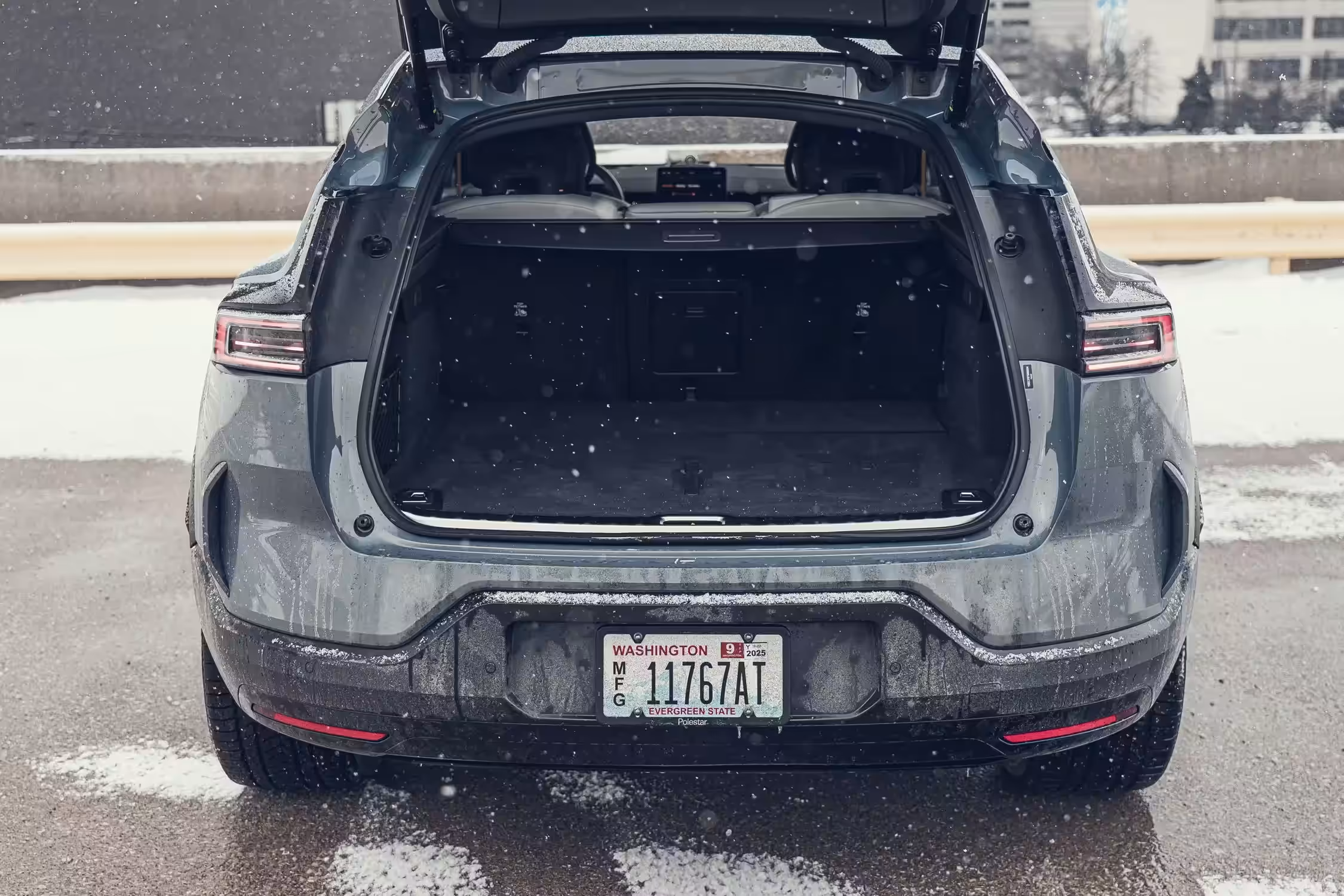

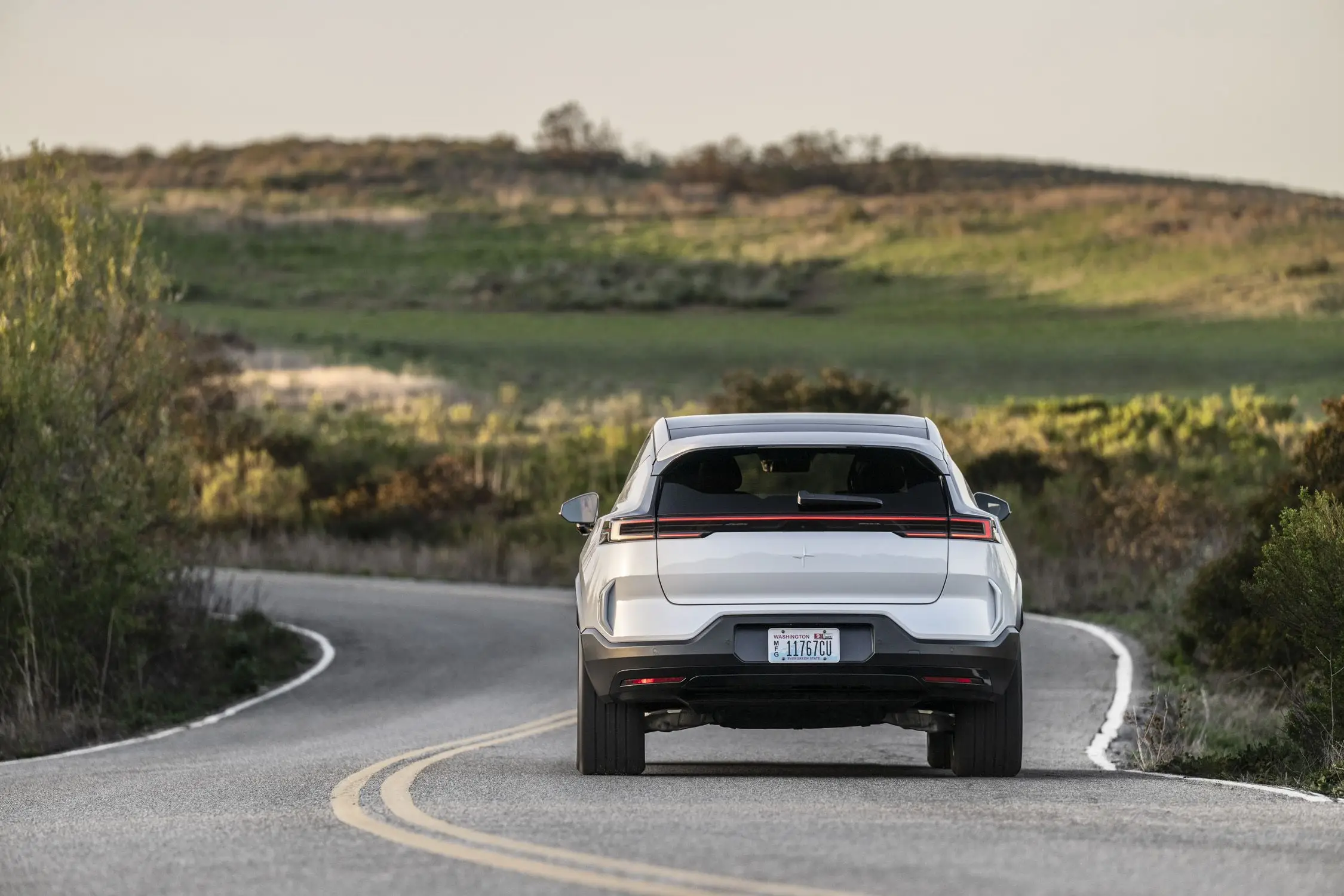
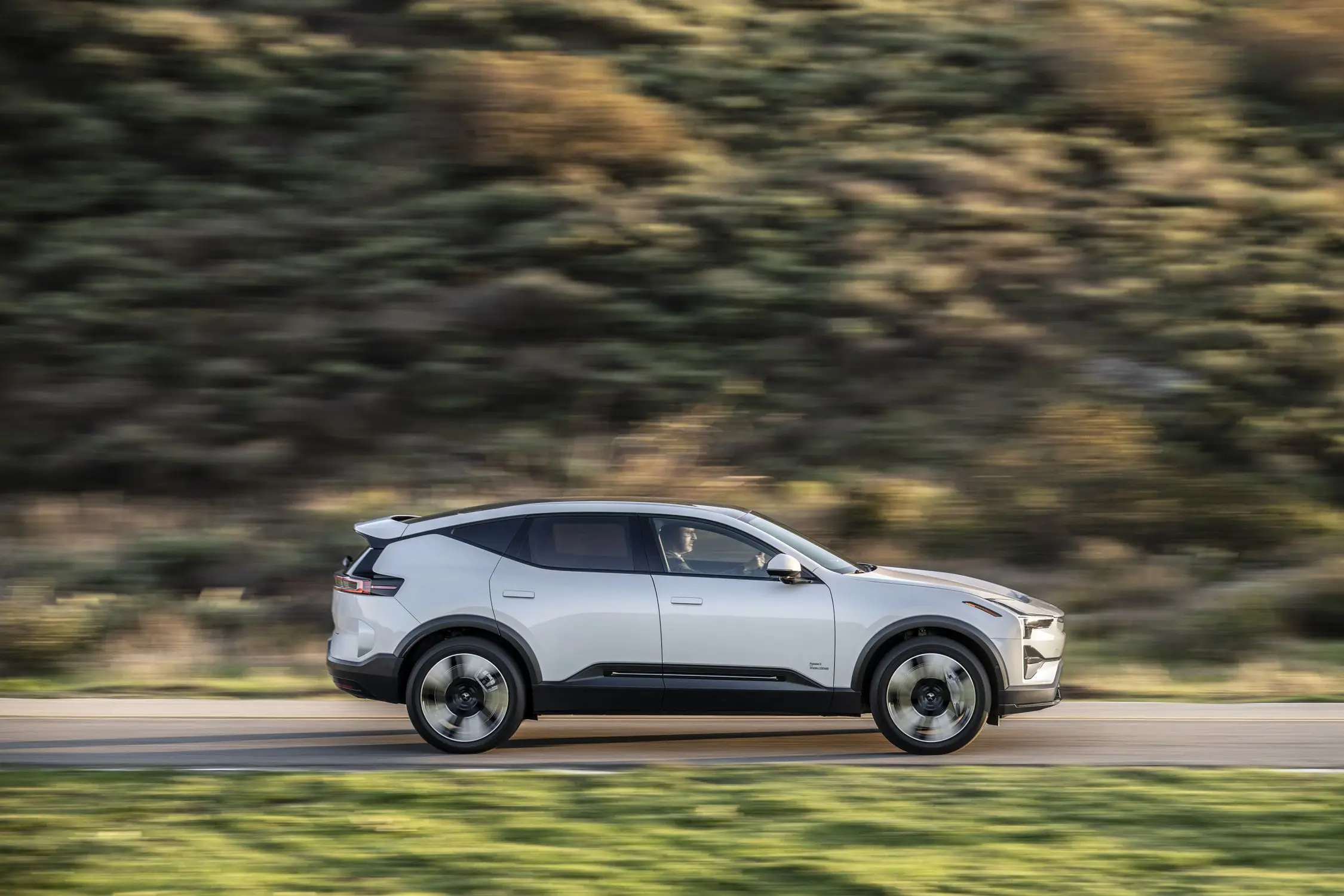
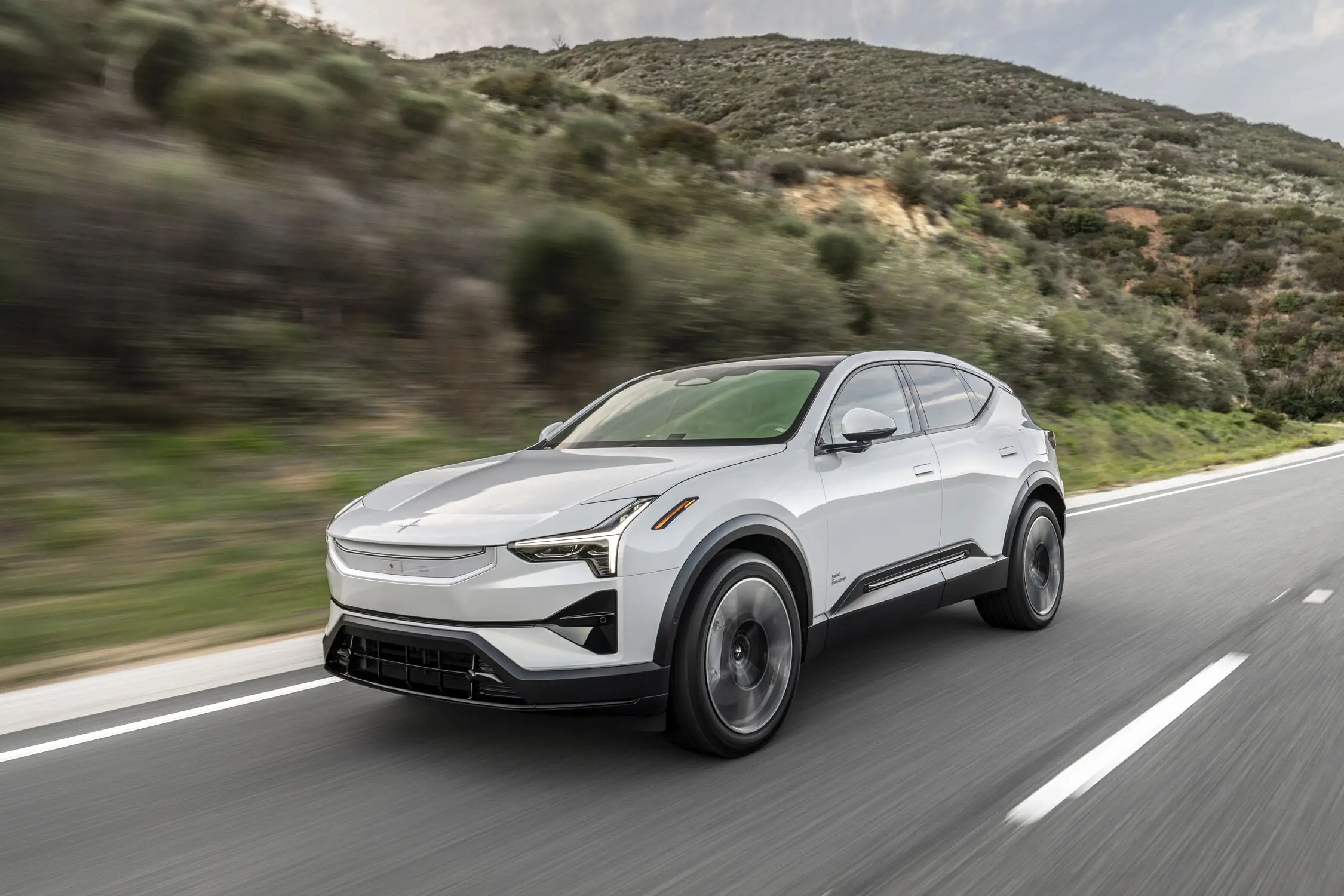
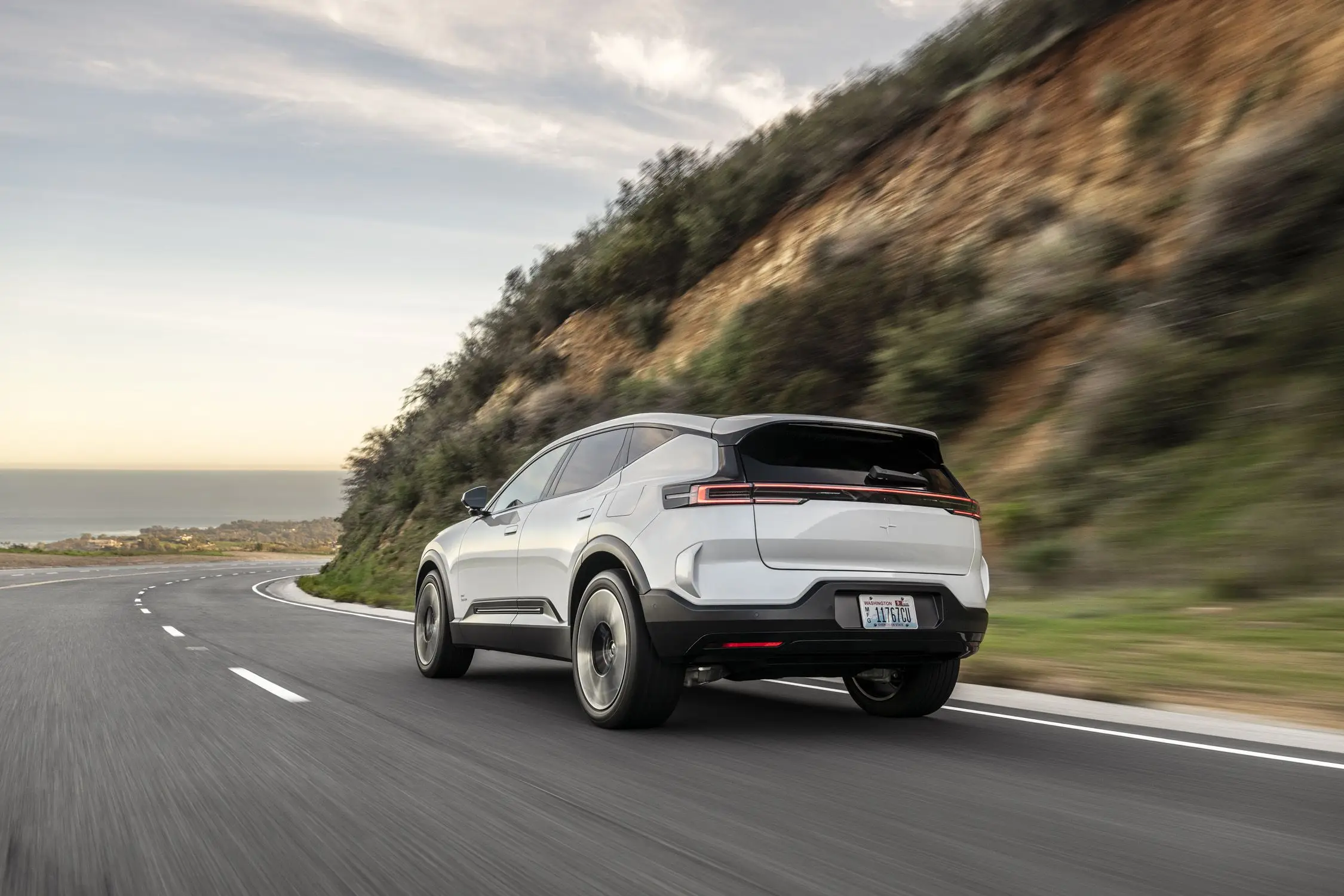
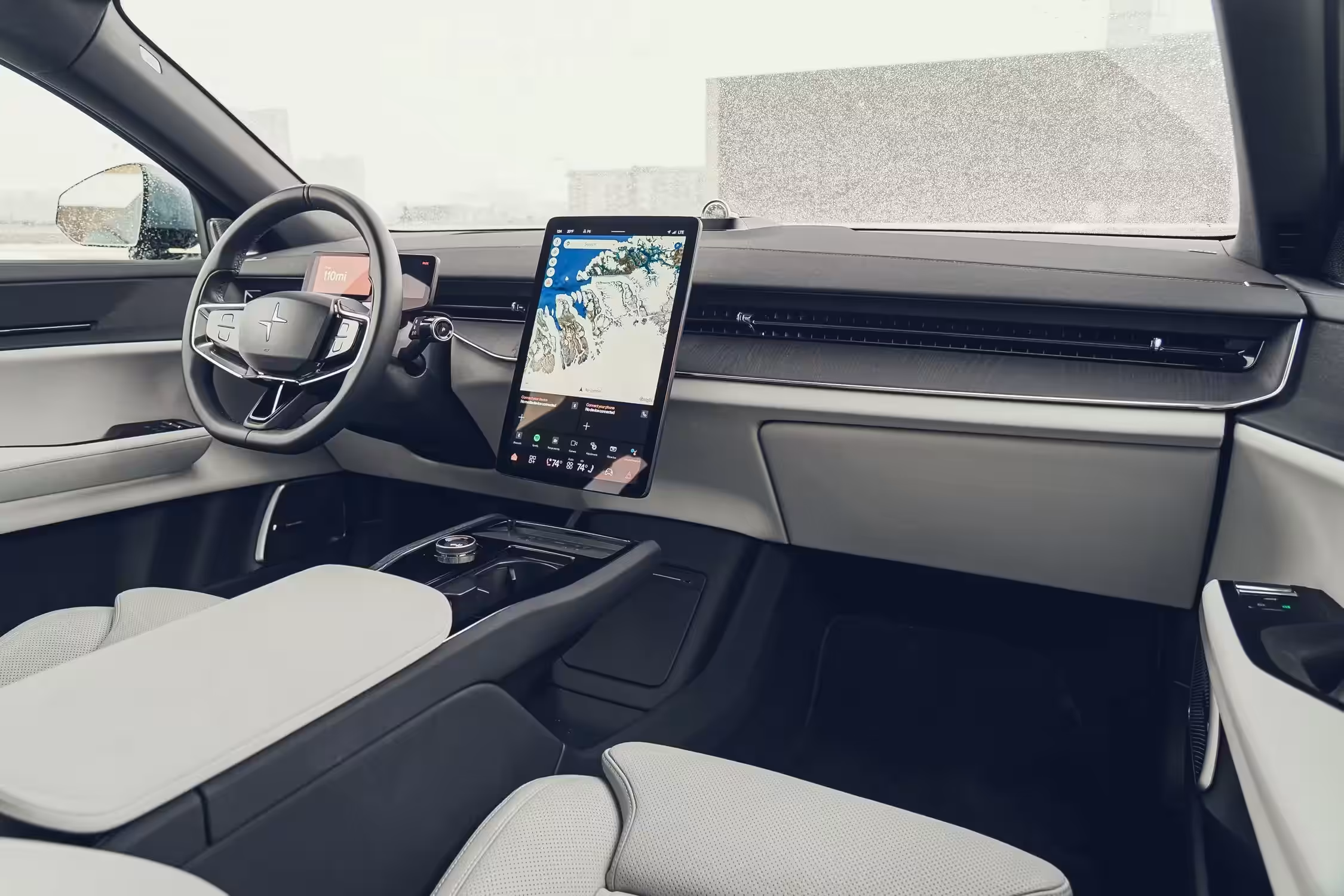
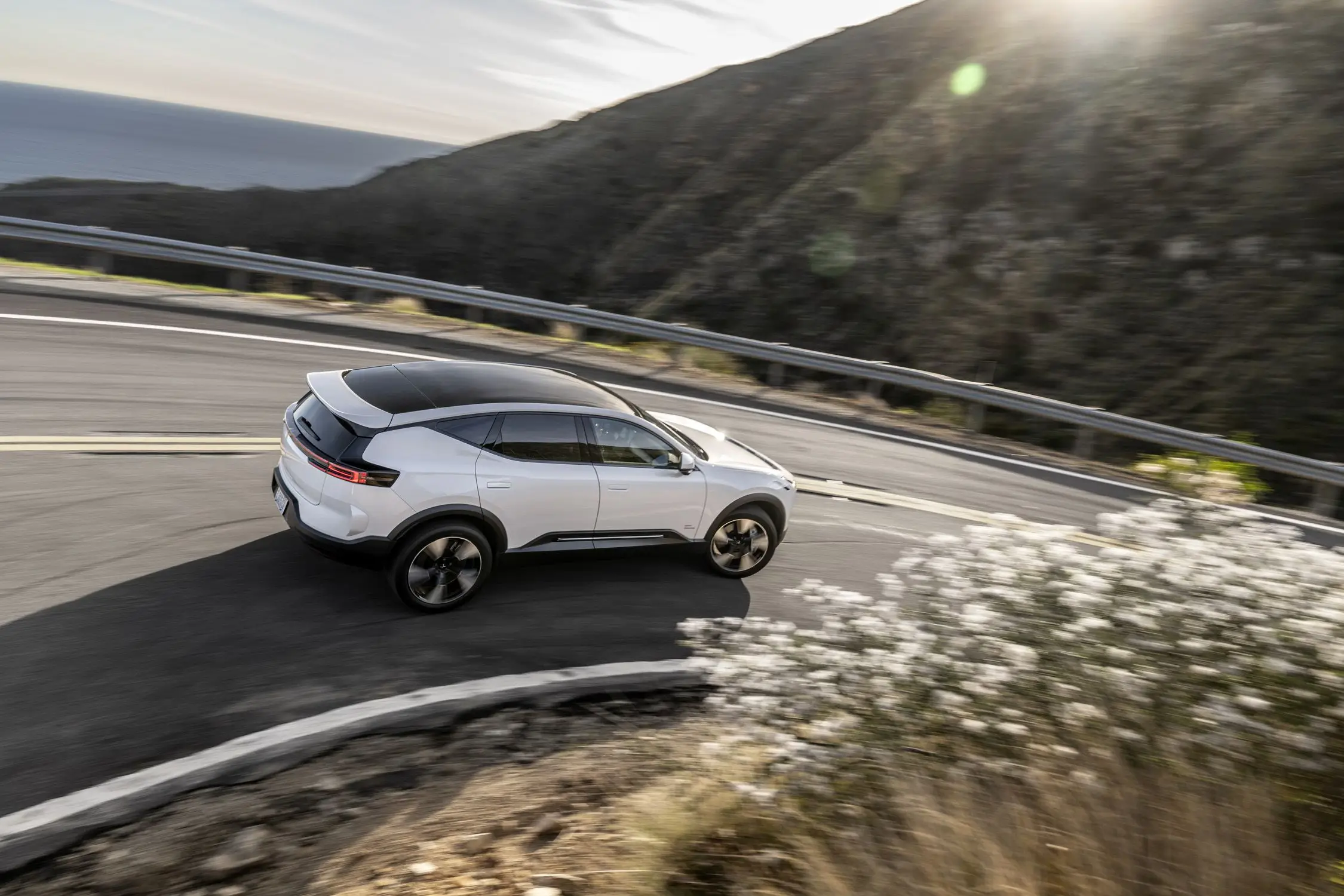
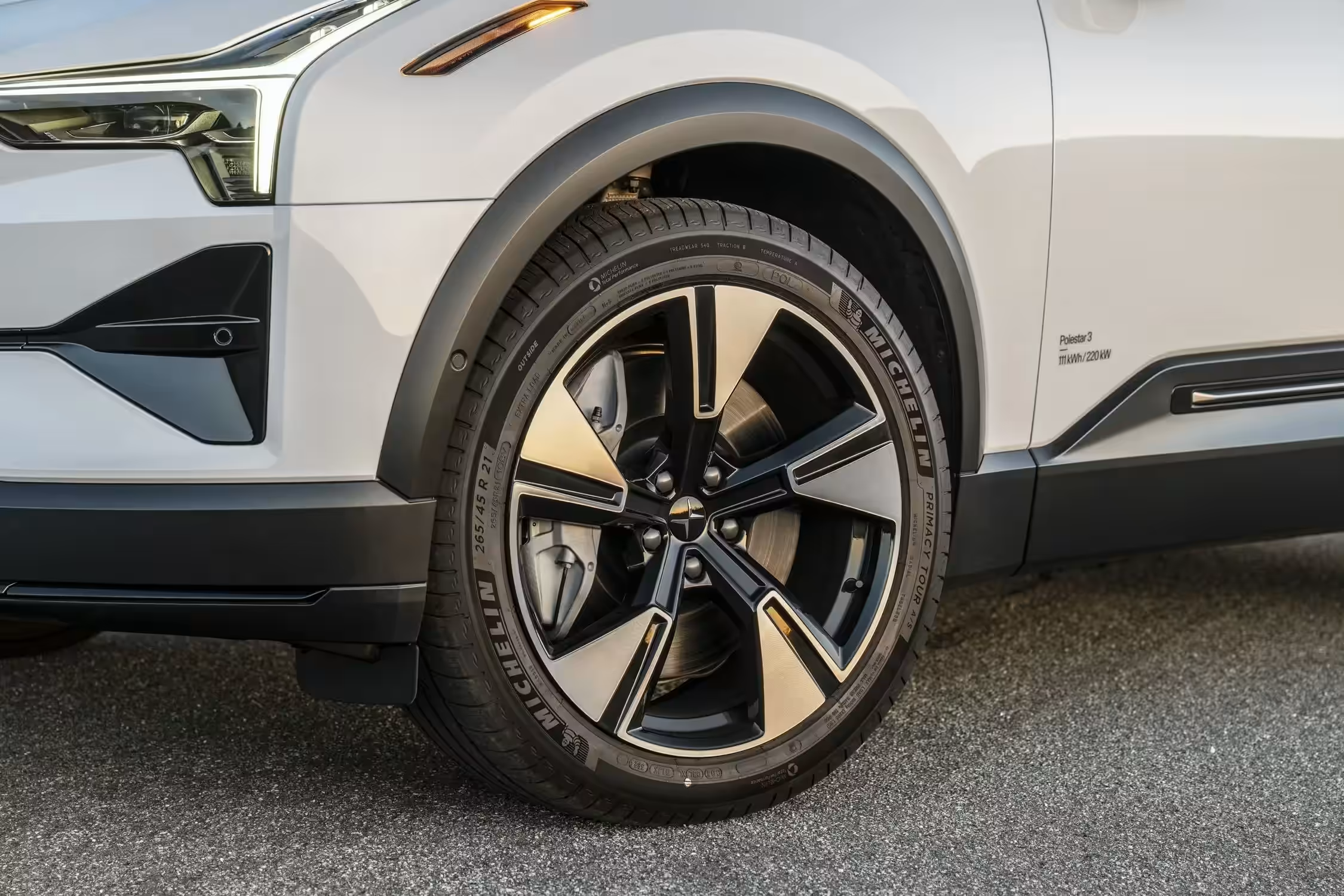
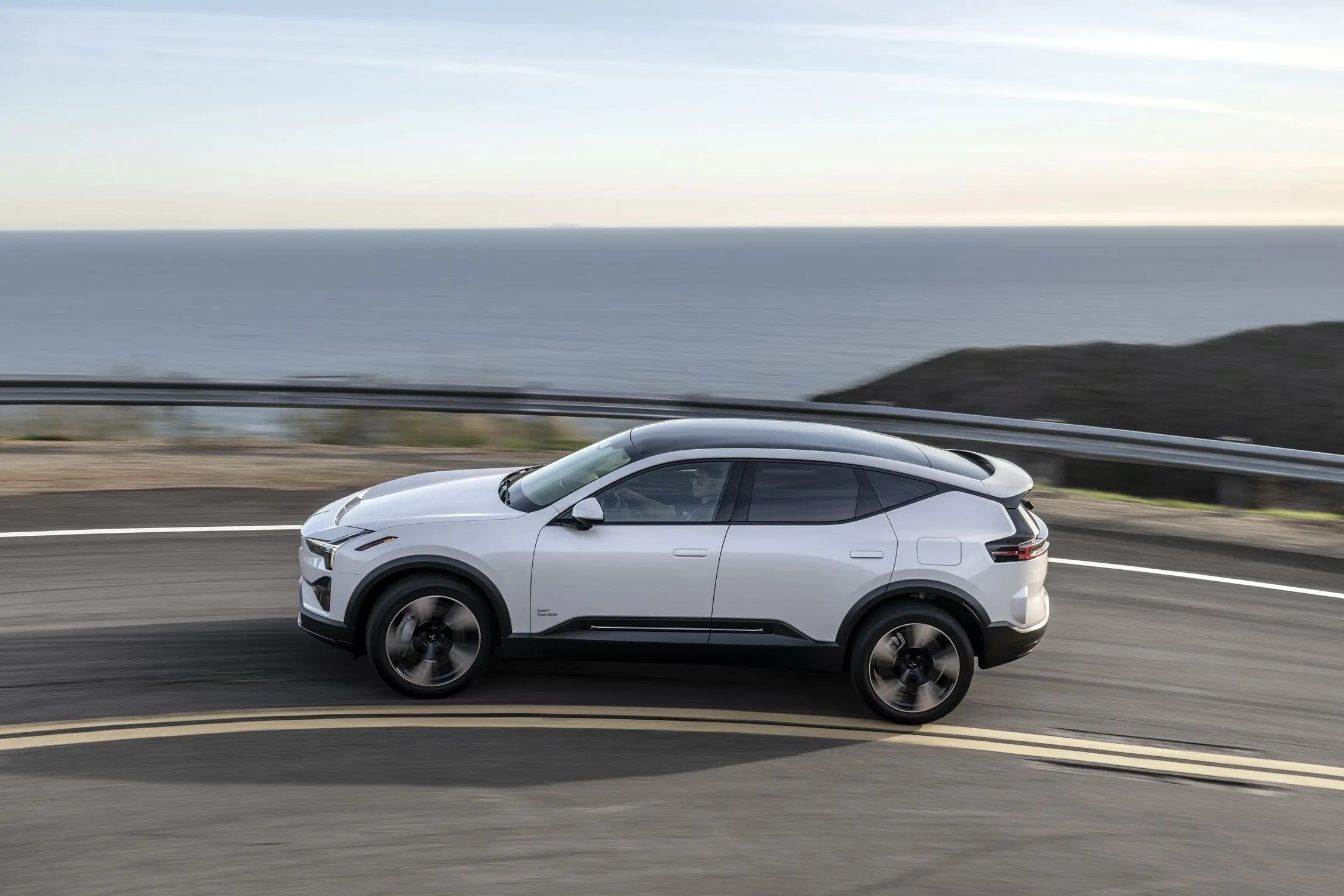
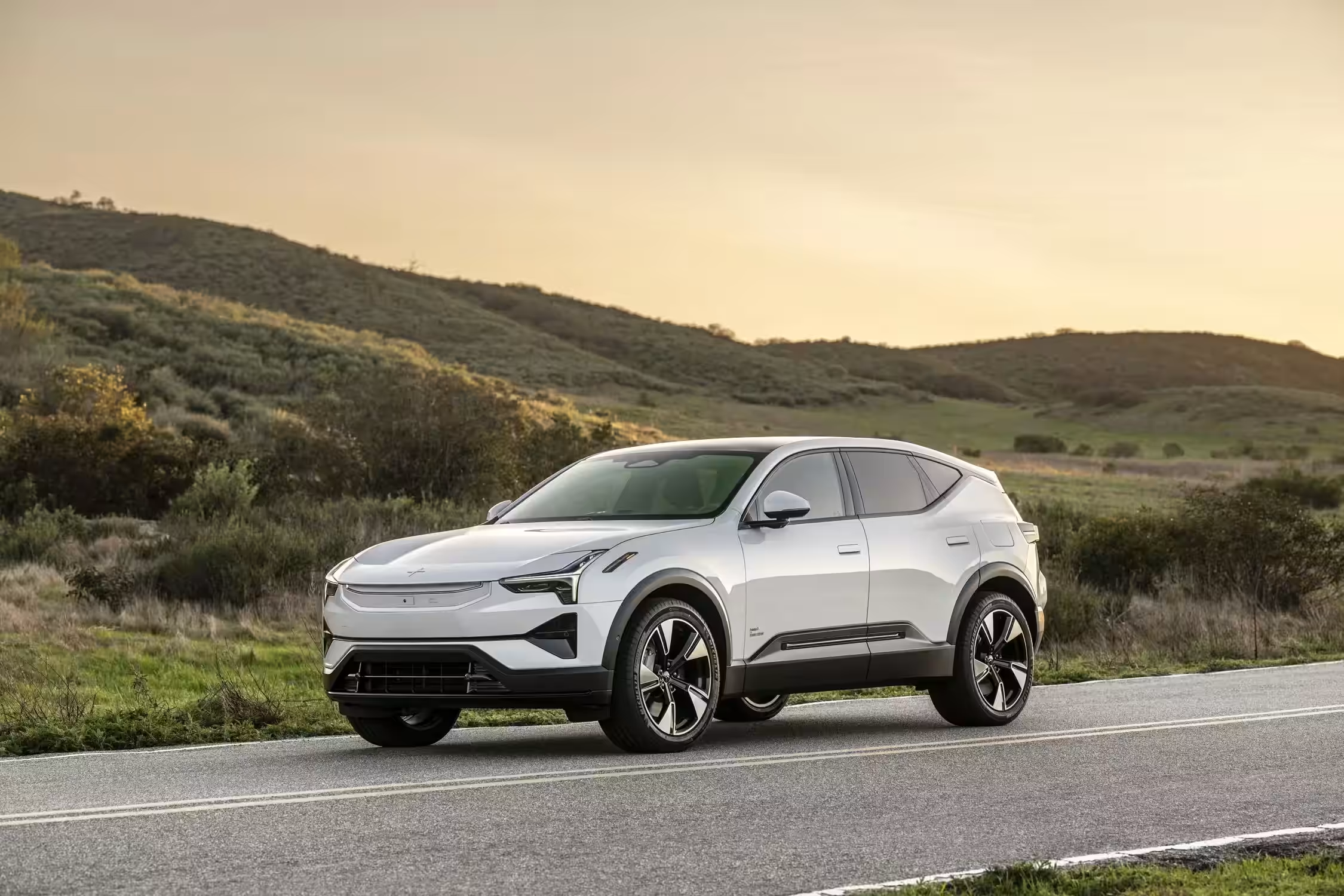
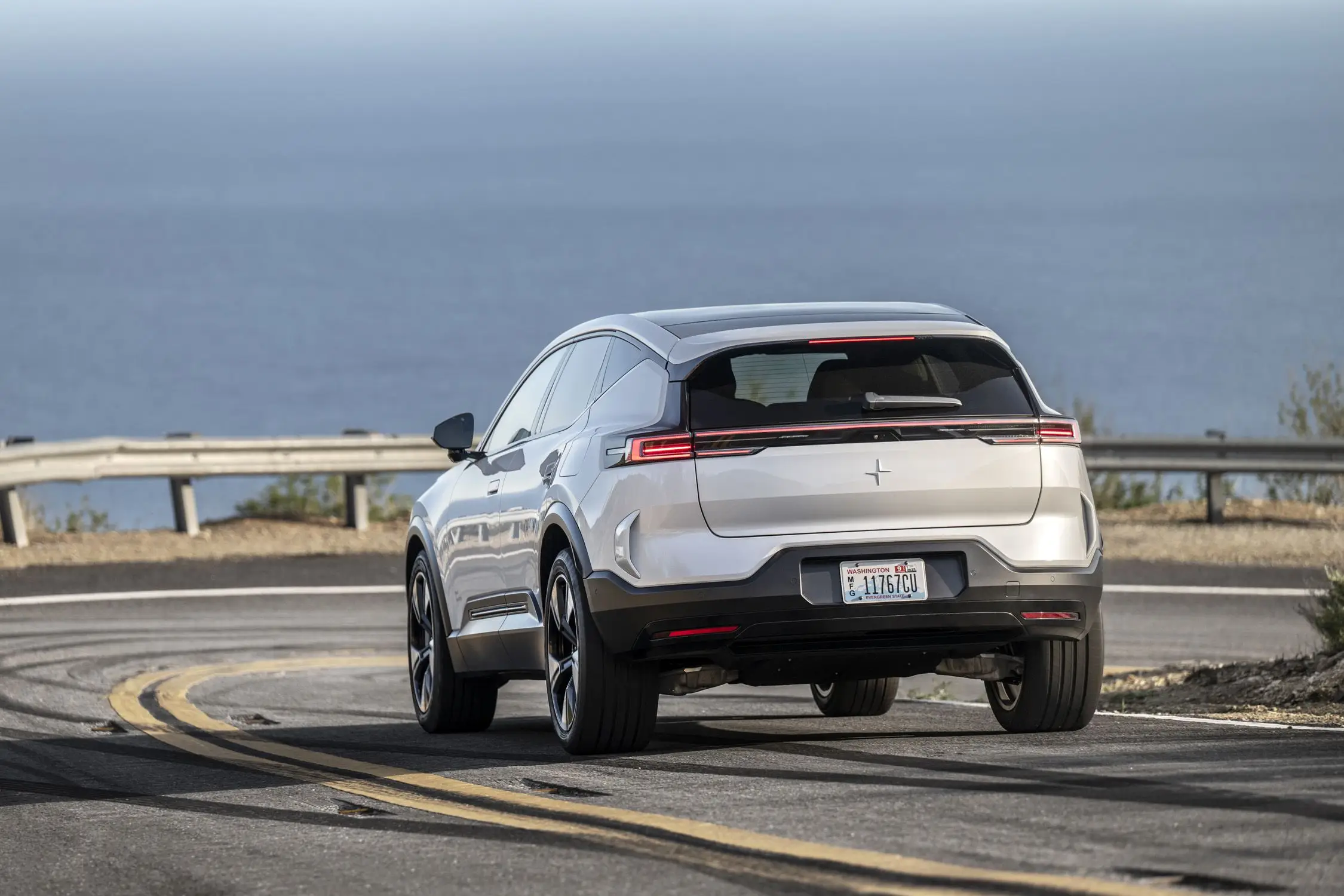
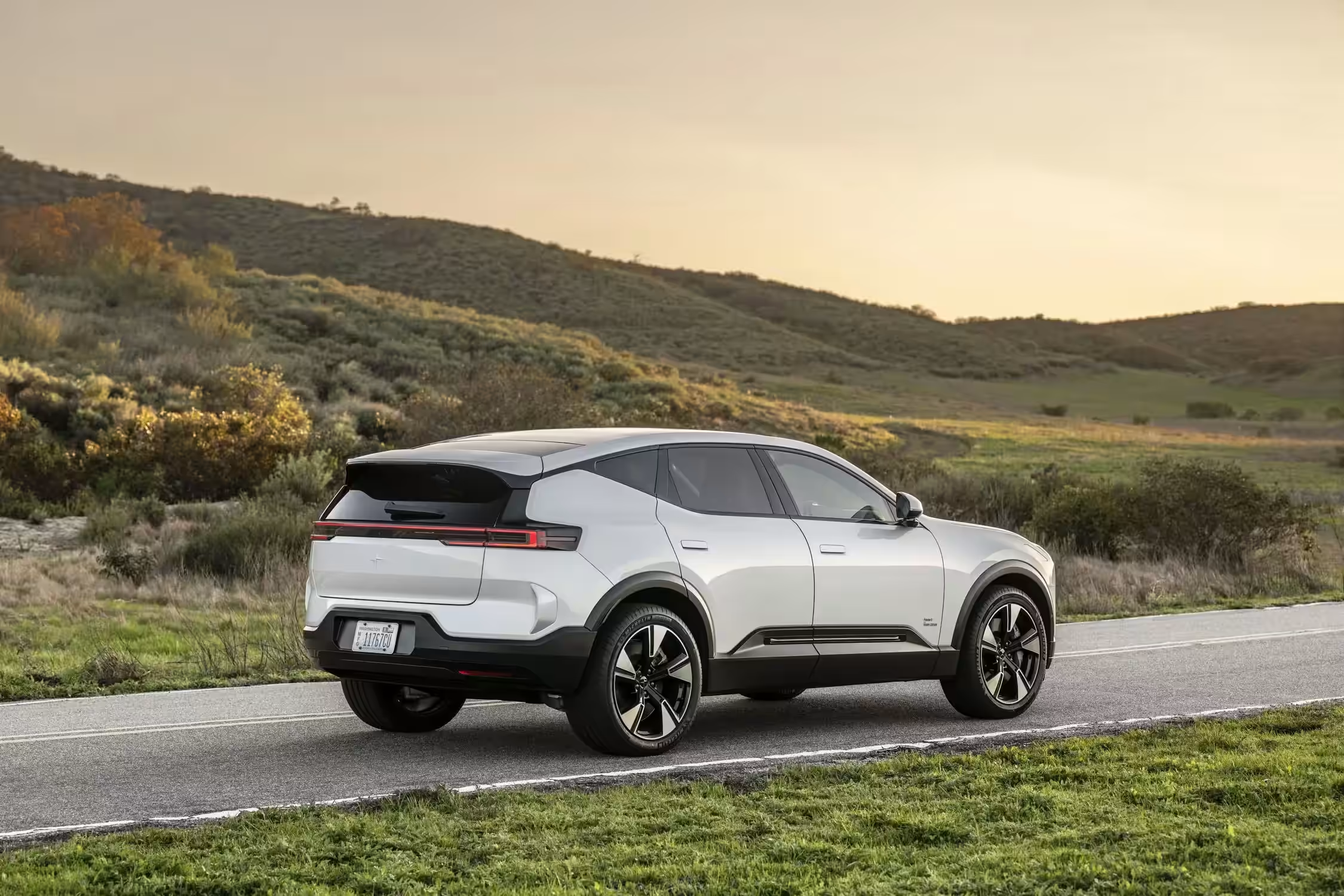
Author: Fabio Isidoro
Fabio Isidoro is the founder and editor-in-chief of Canal Carro, where he has been writing about the automotive world since 2022. Passionate about cars and technology, he began his journey on the HospedandoSites portal and today dedicates himself to creating technical content and comprehensive analyses of national and international vehicles. 📩 Contact: contato@canalcarro.net.br

